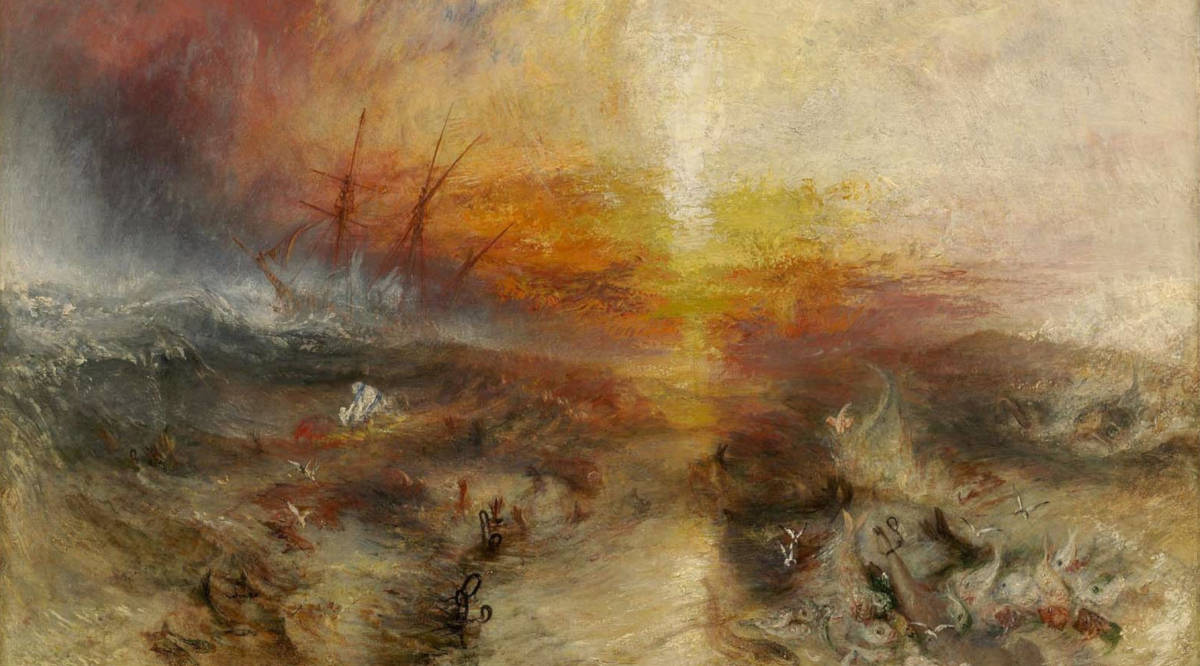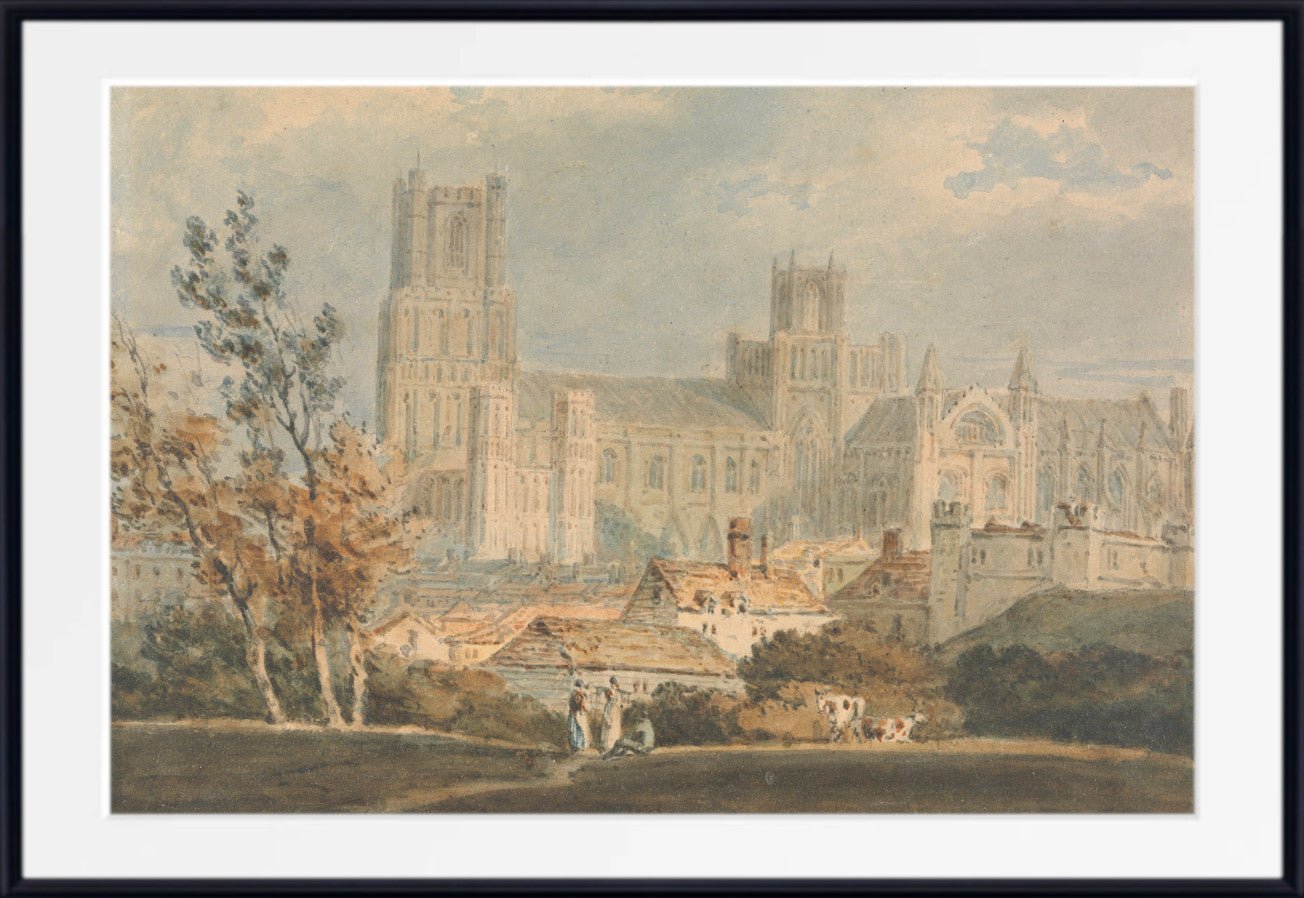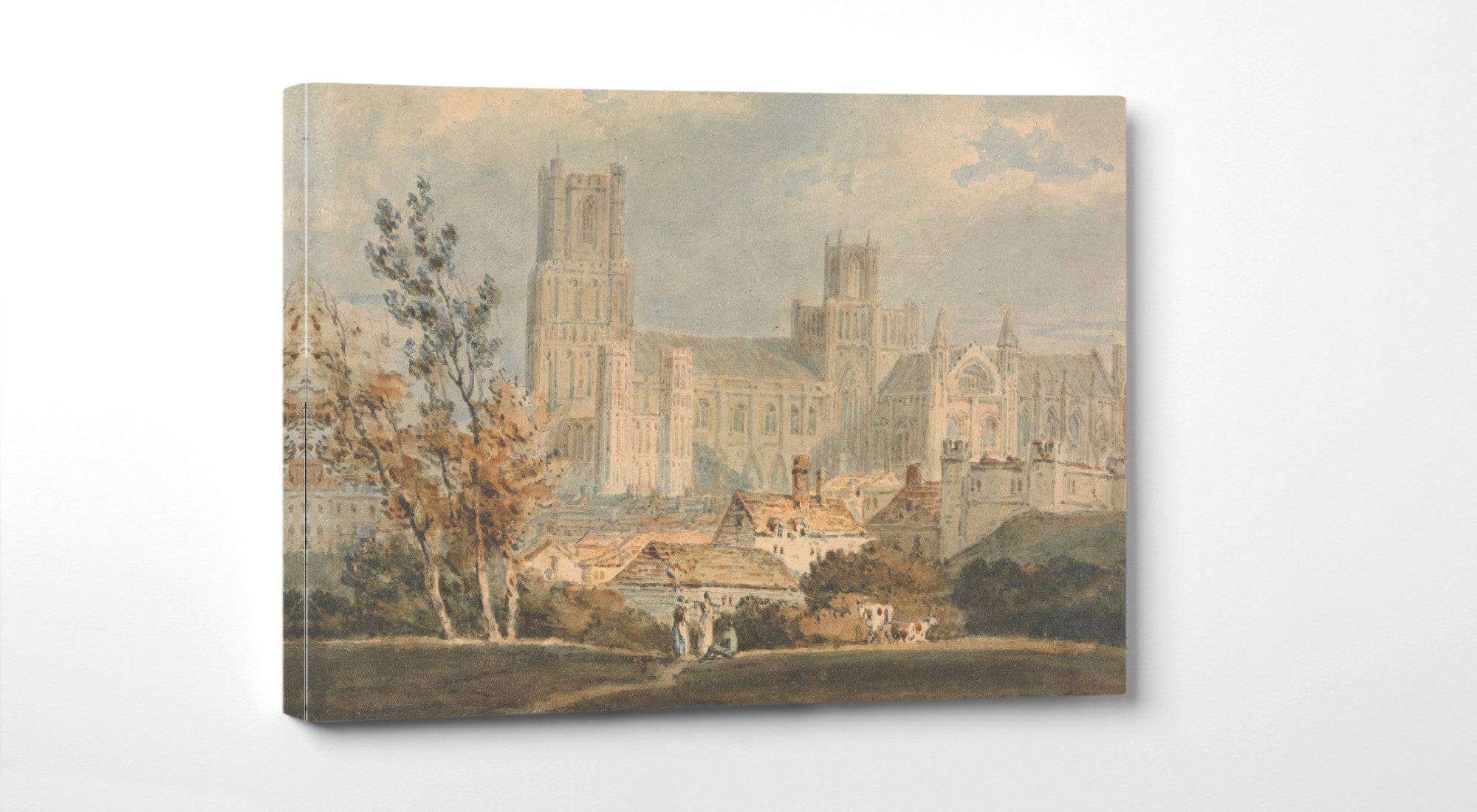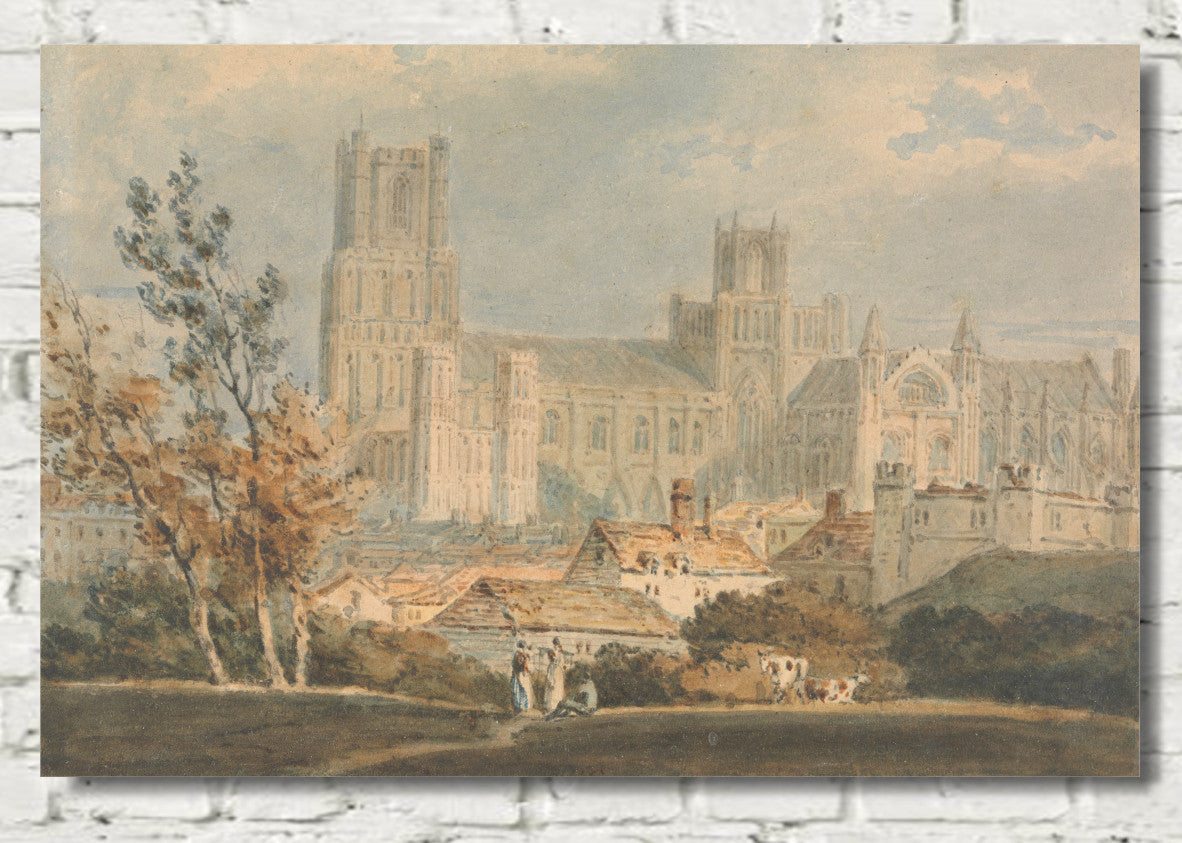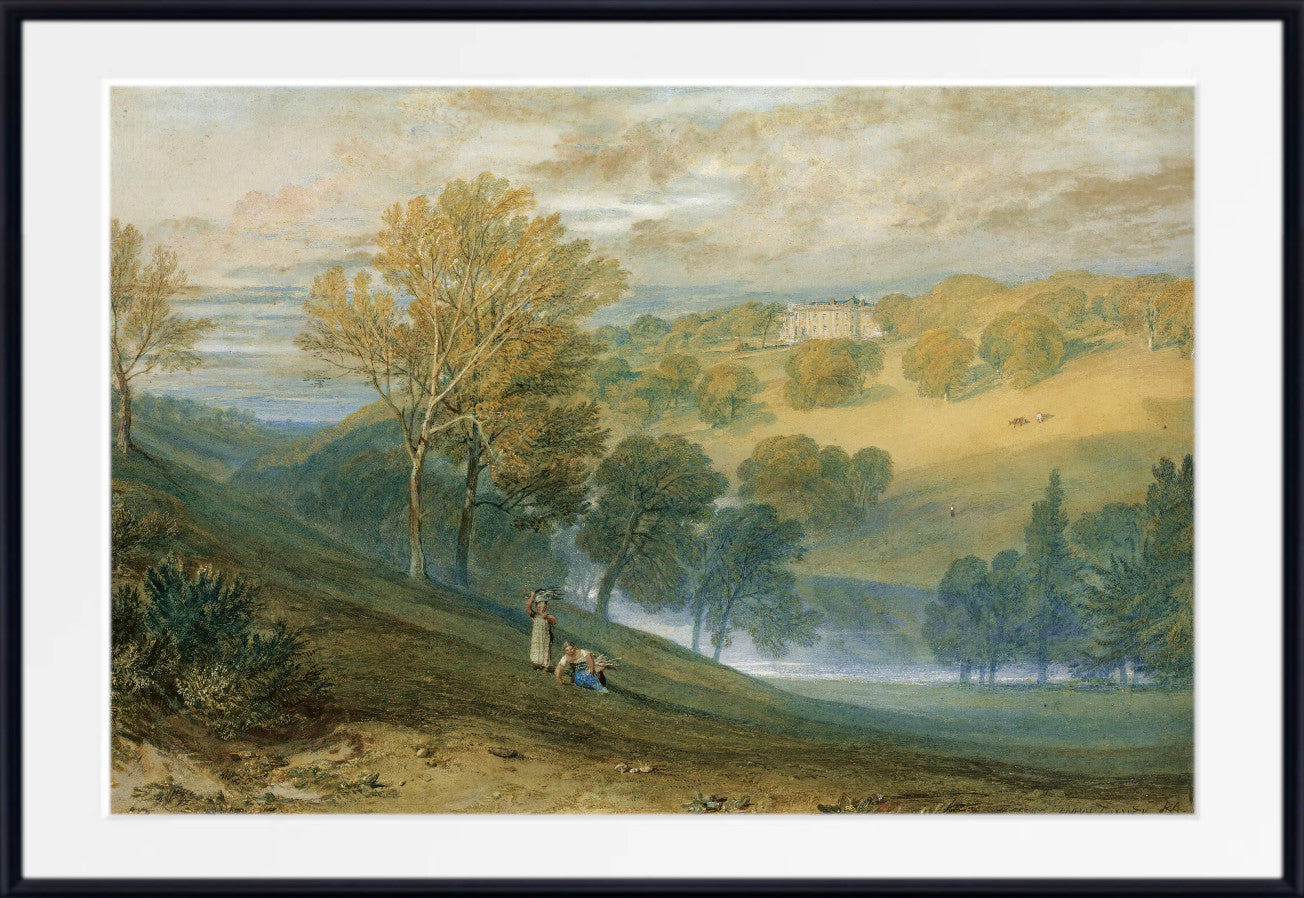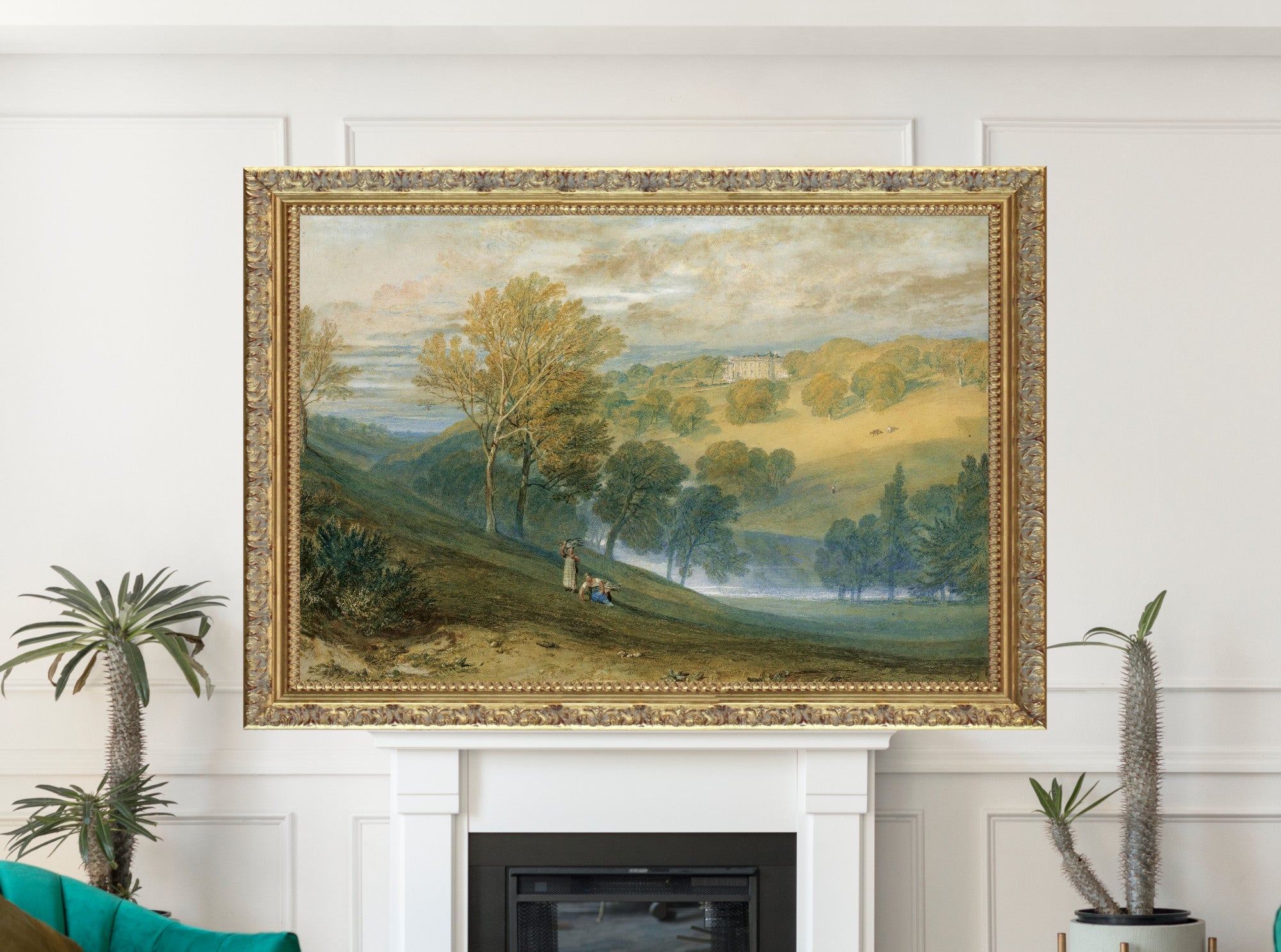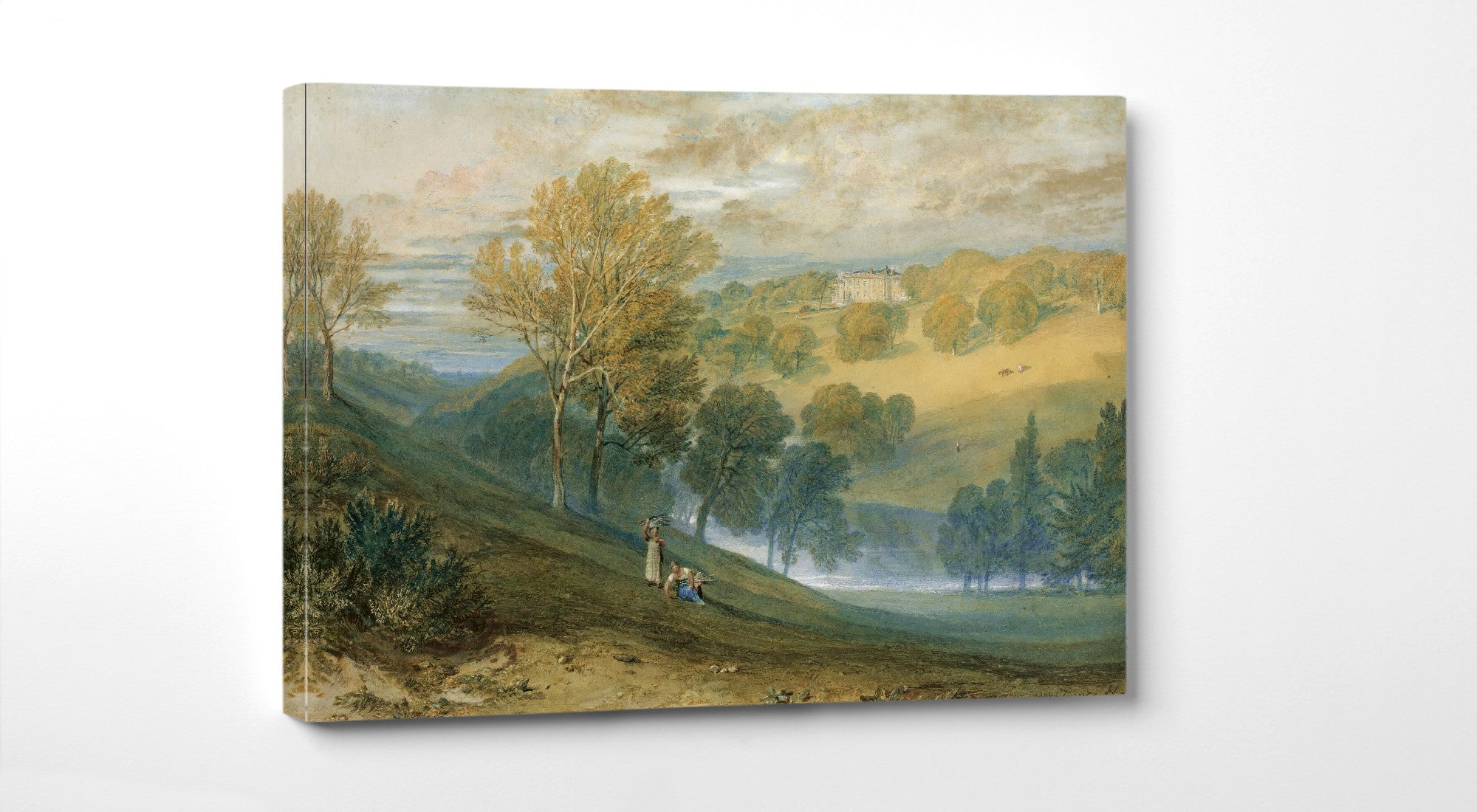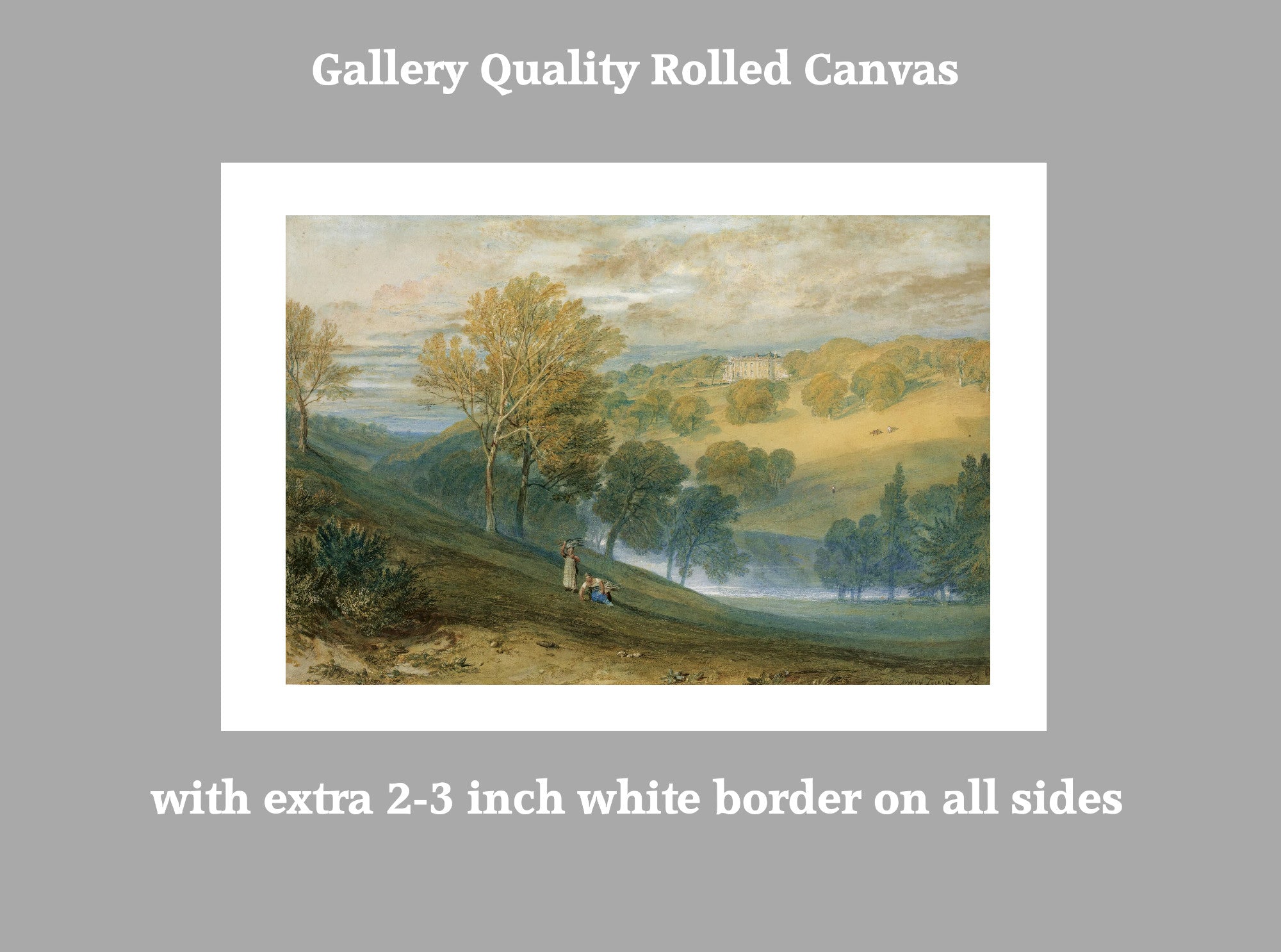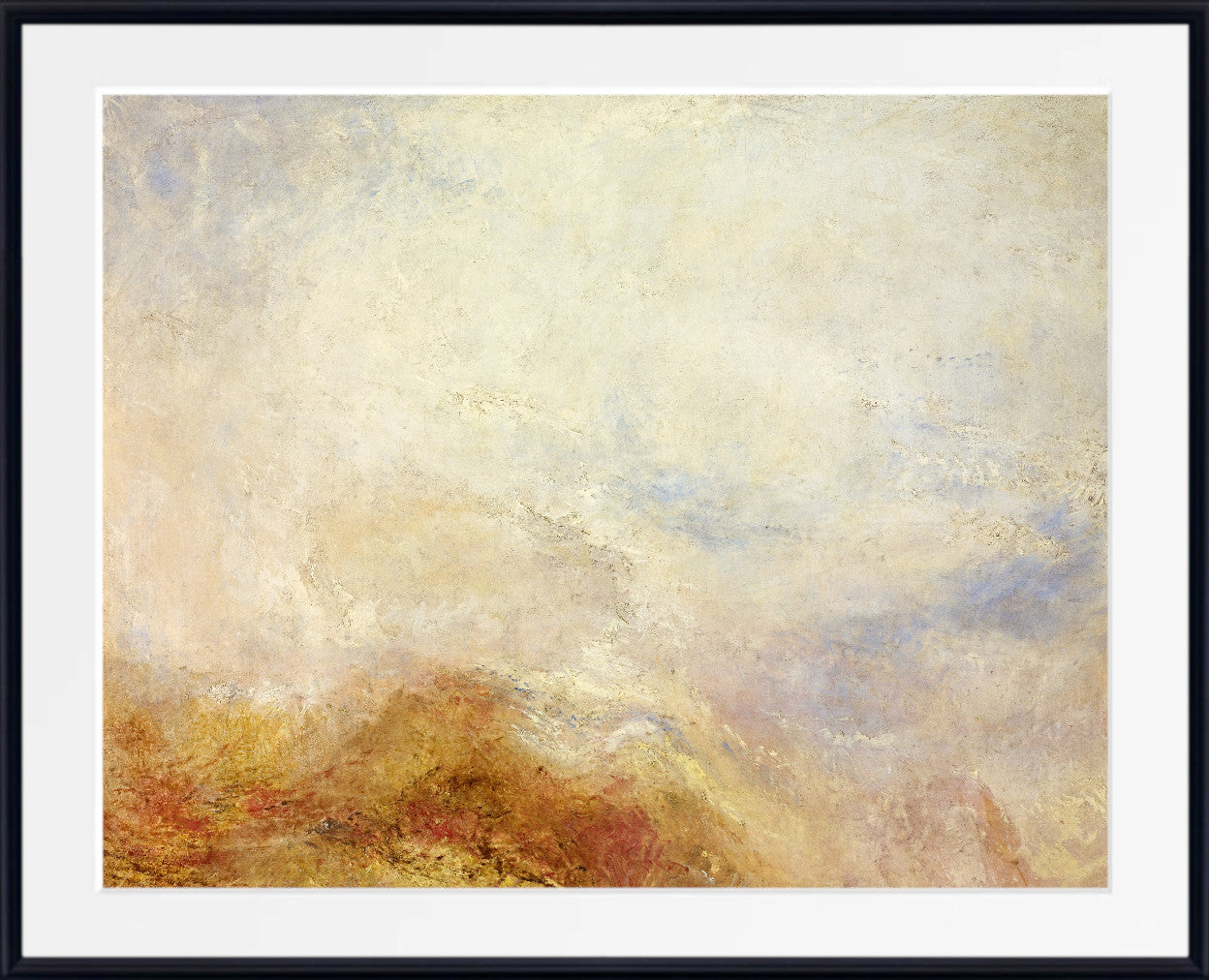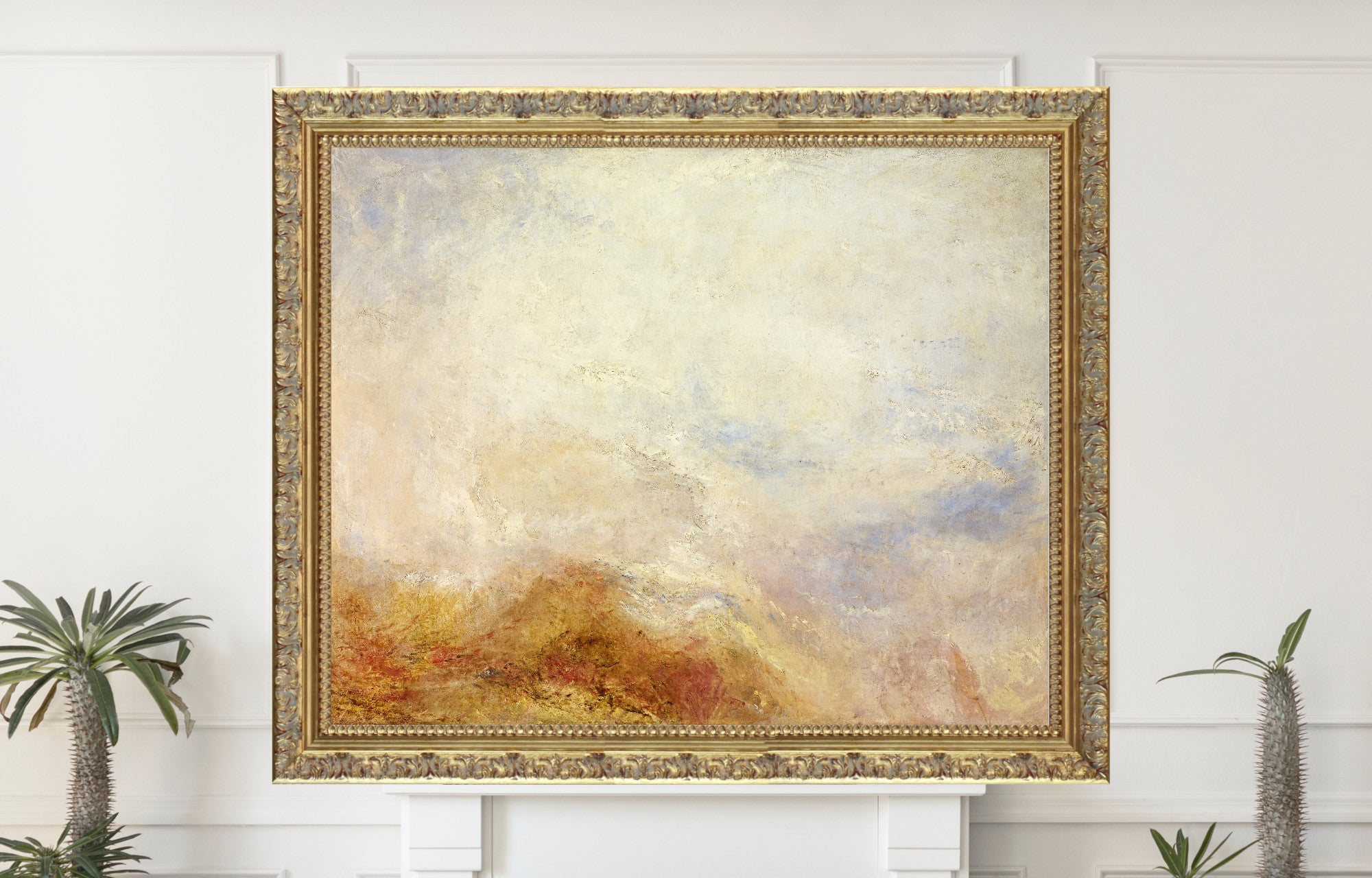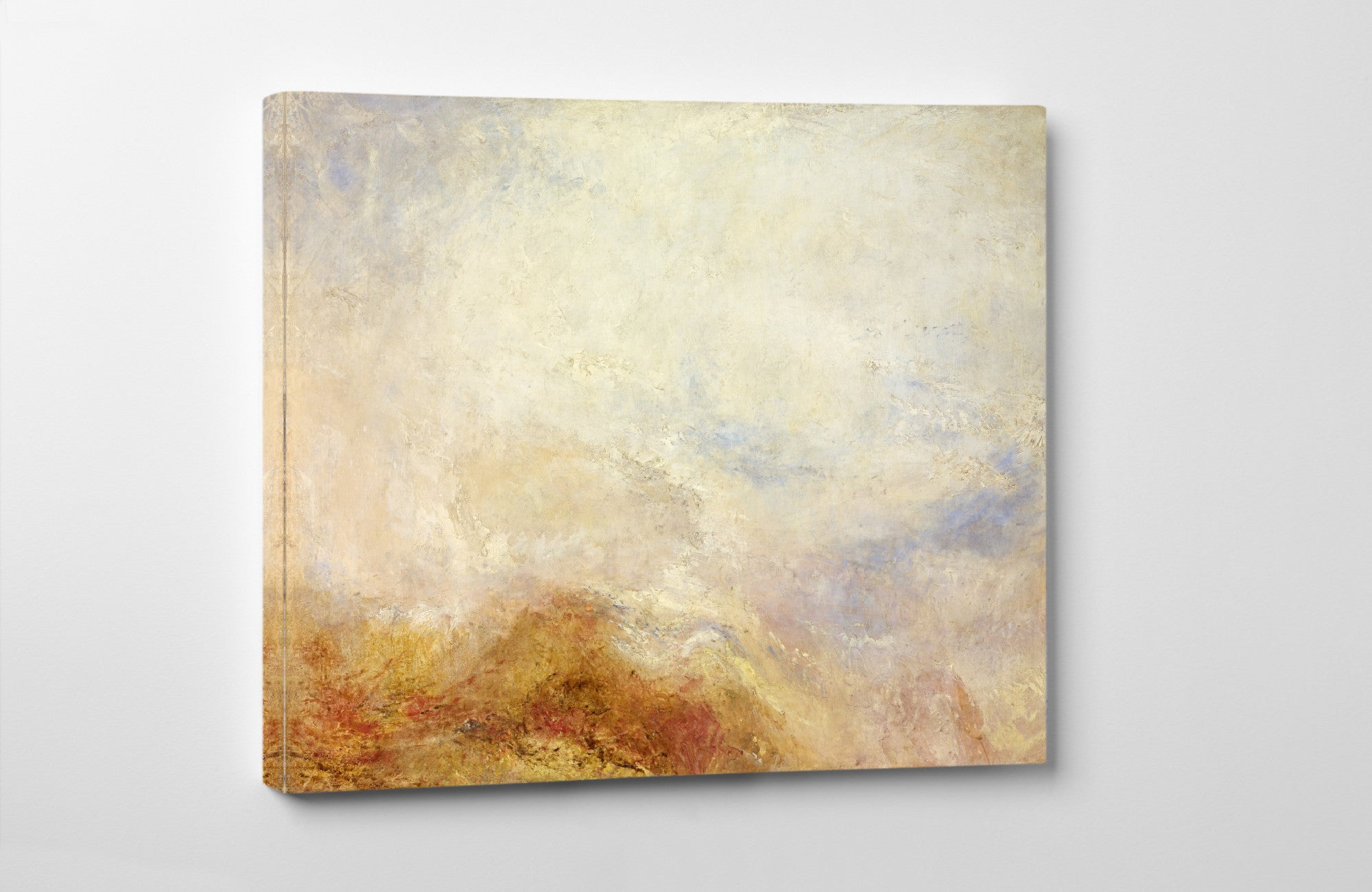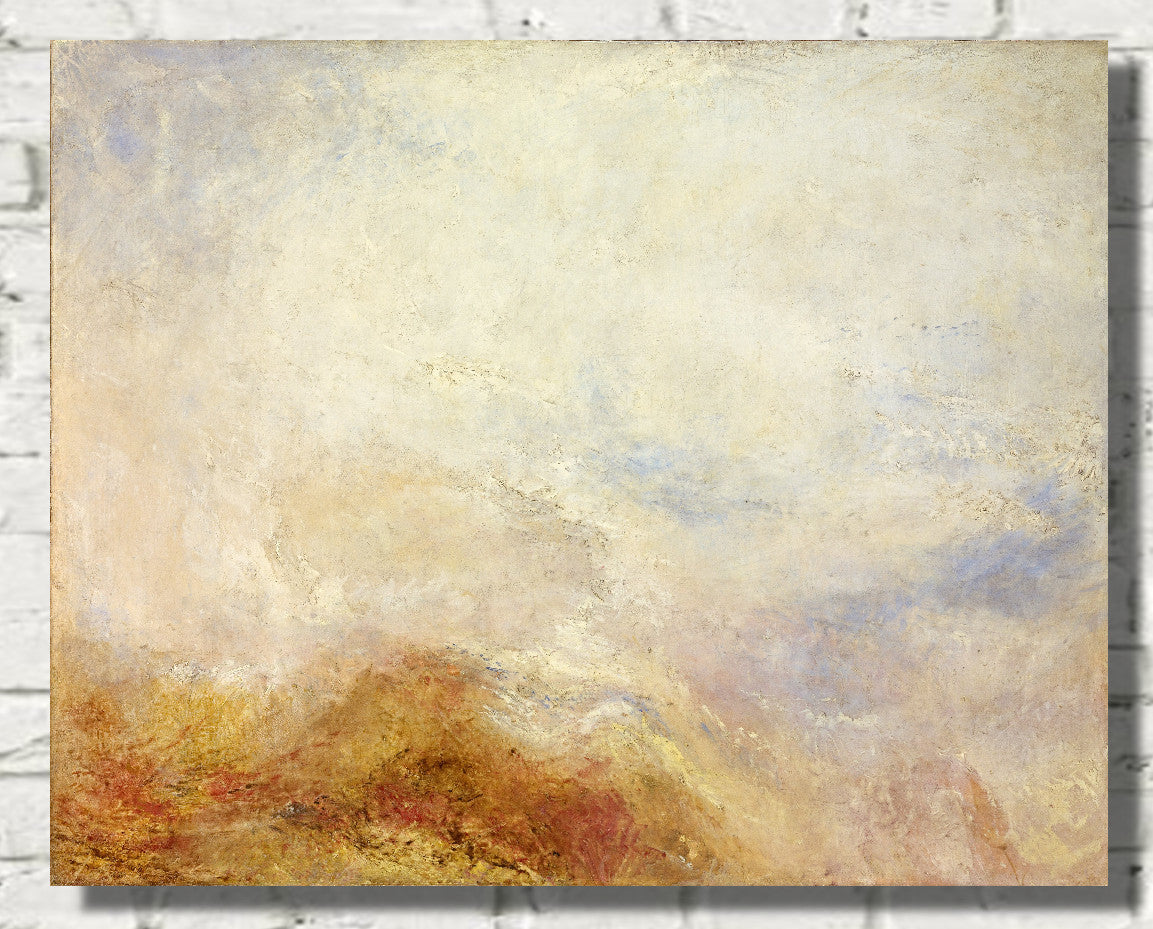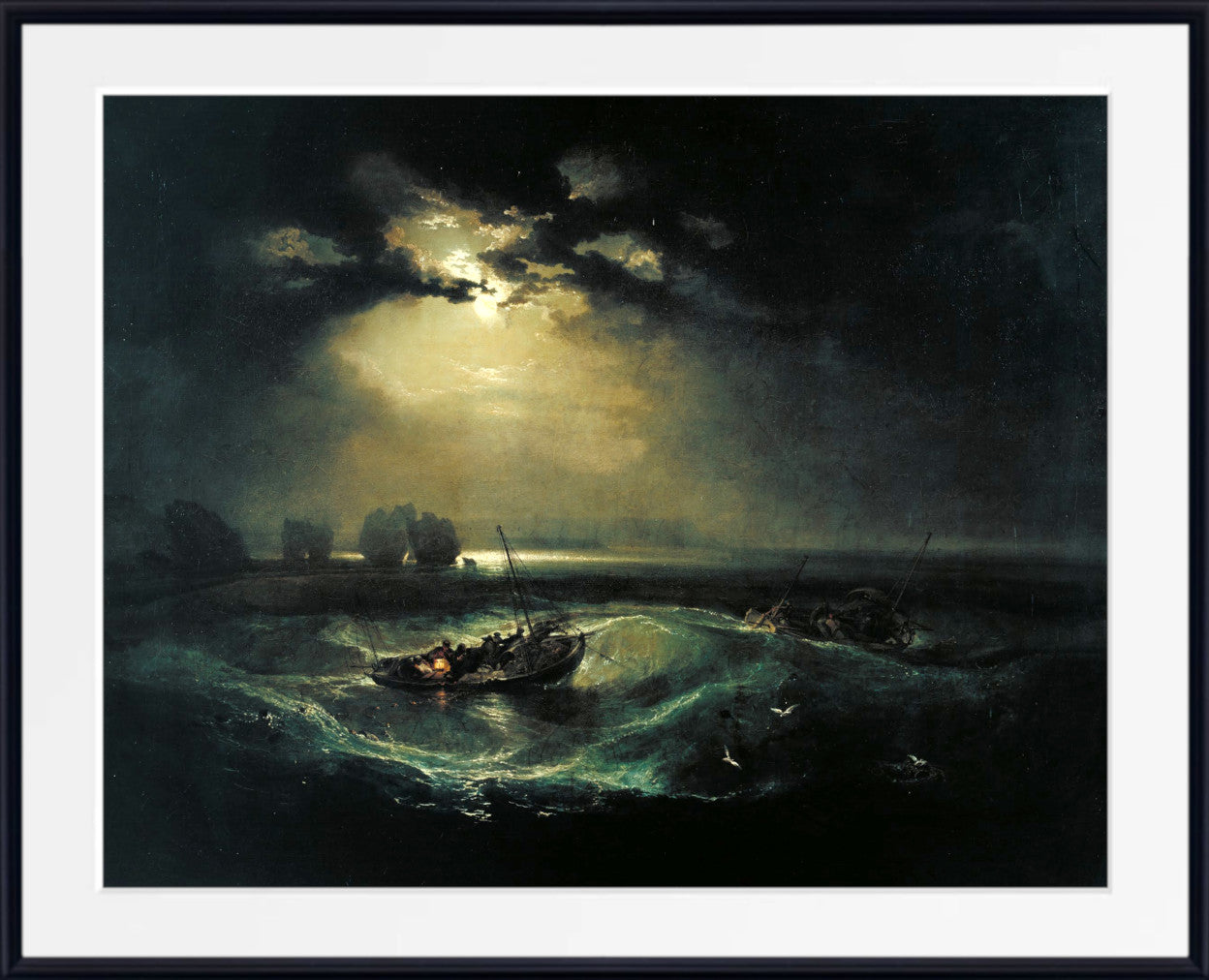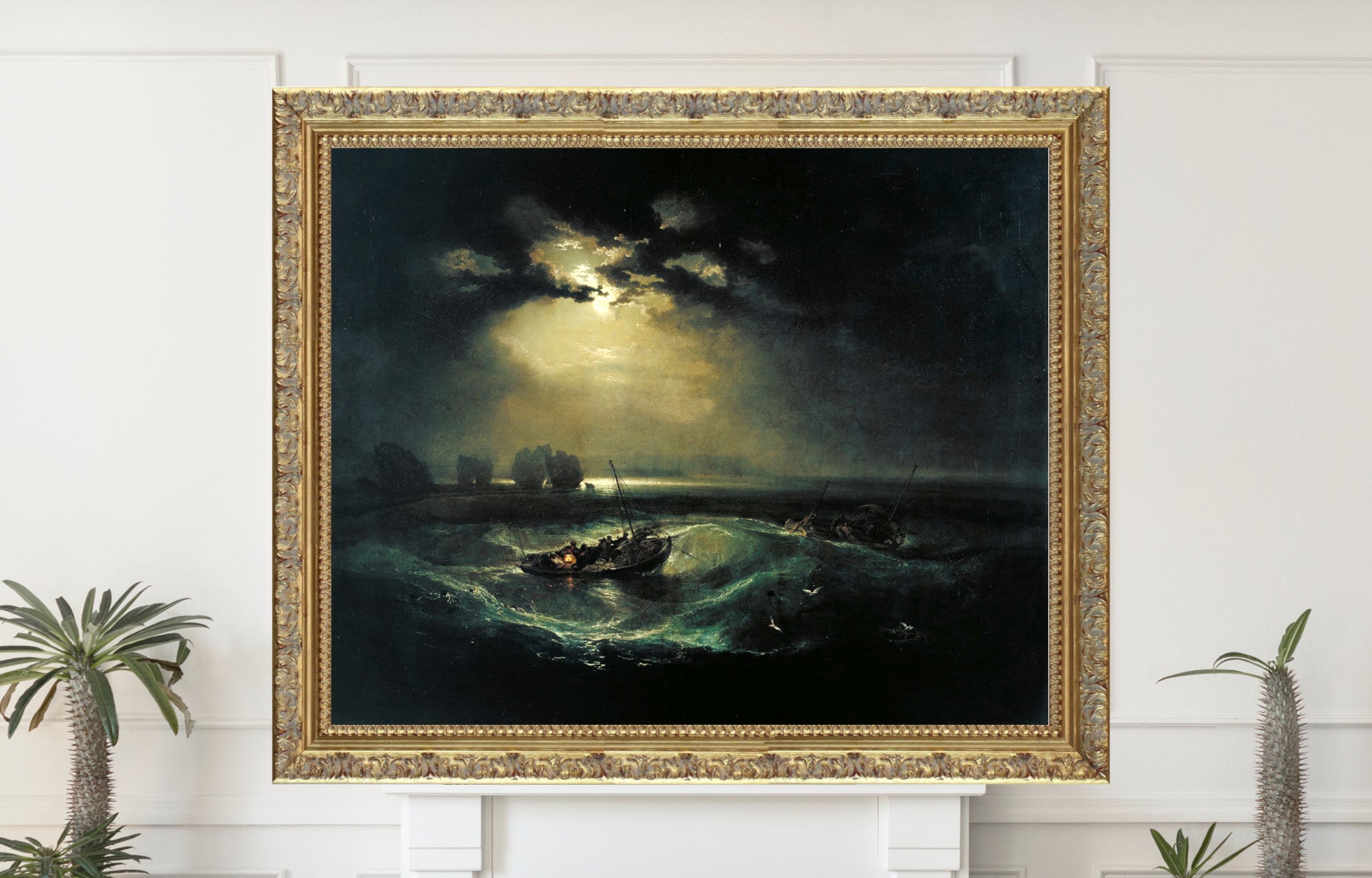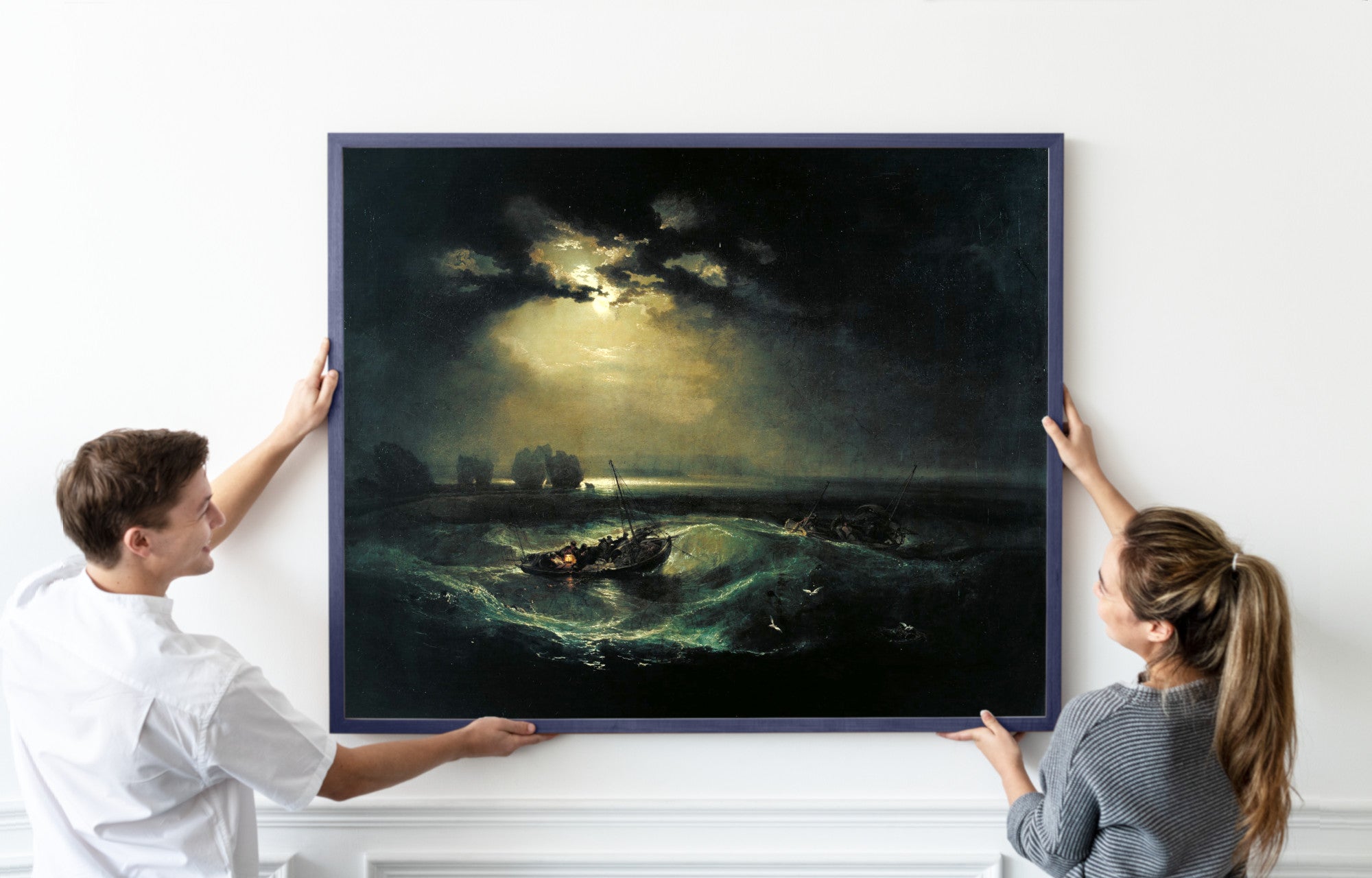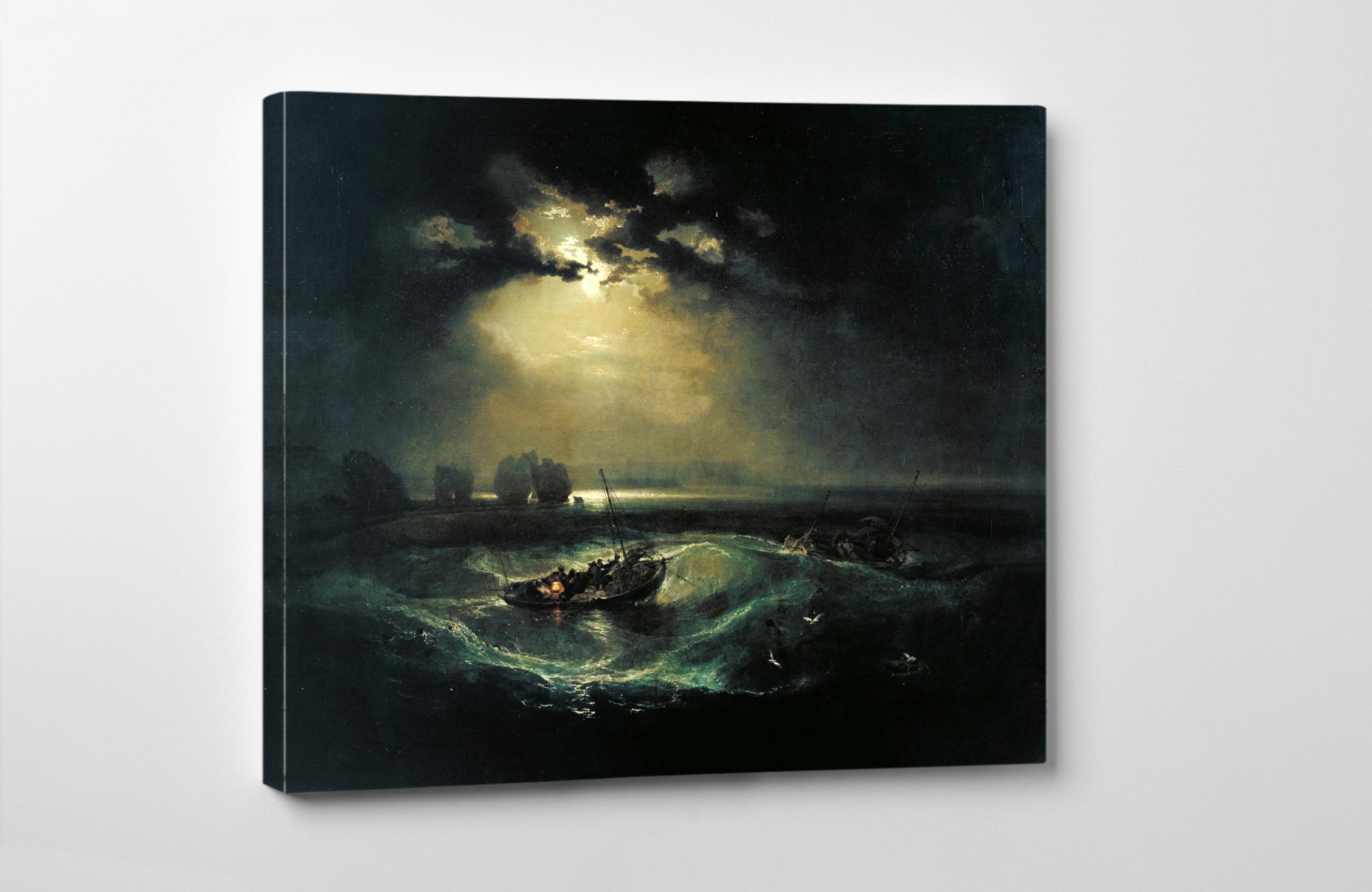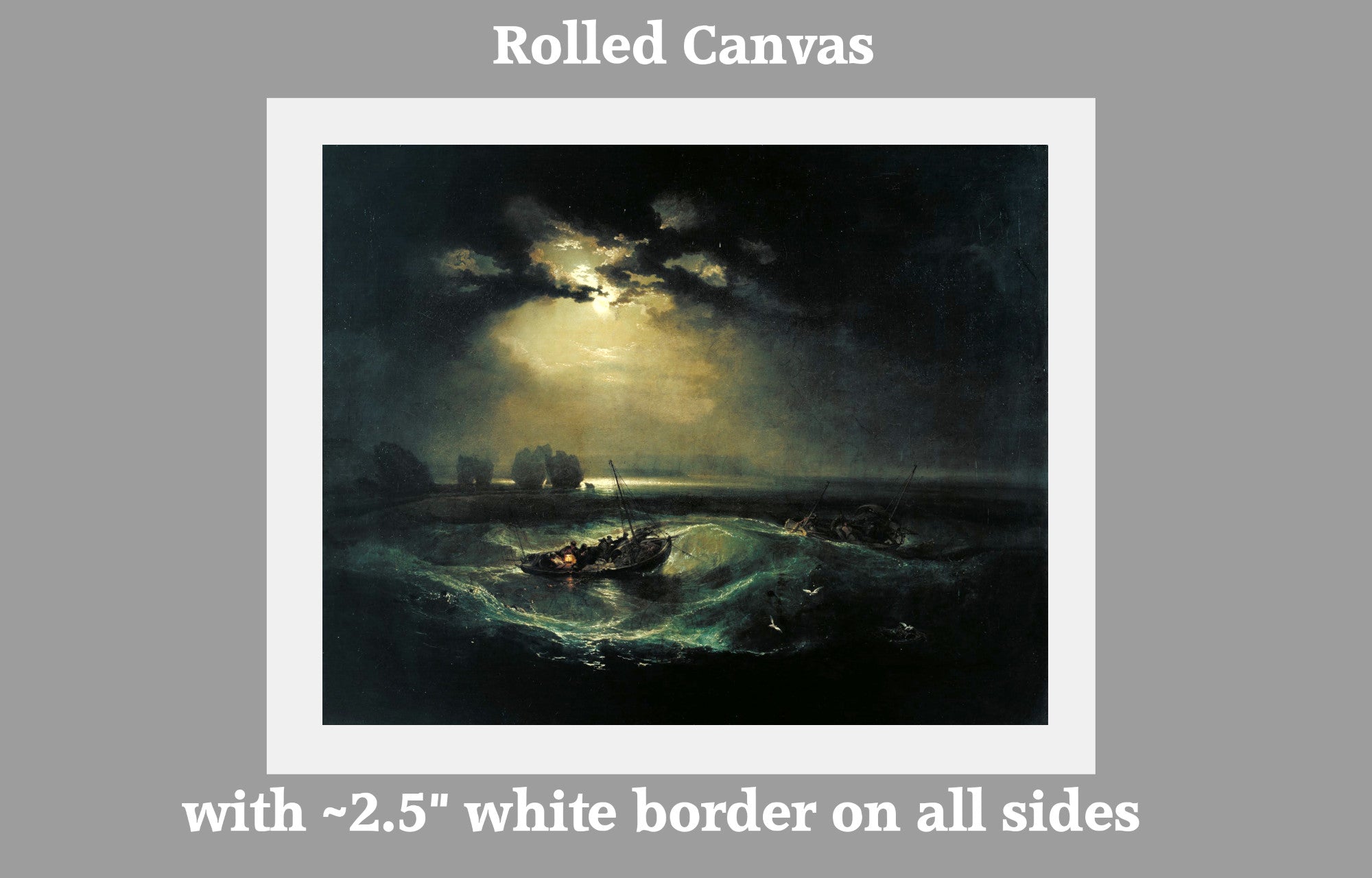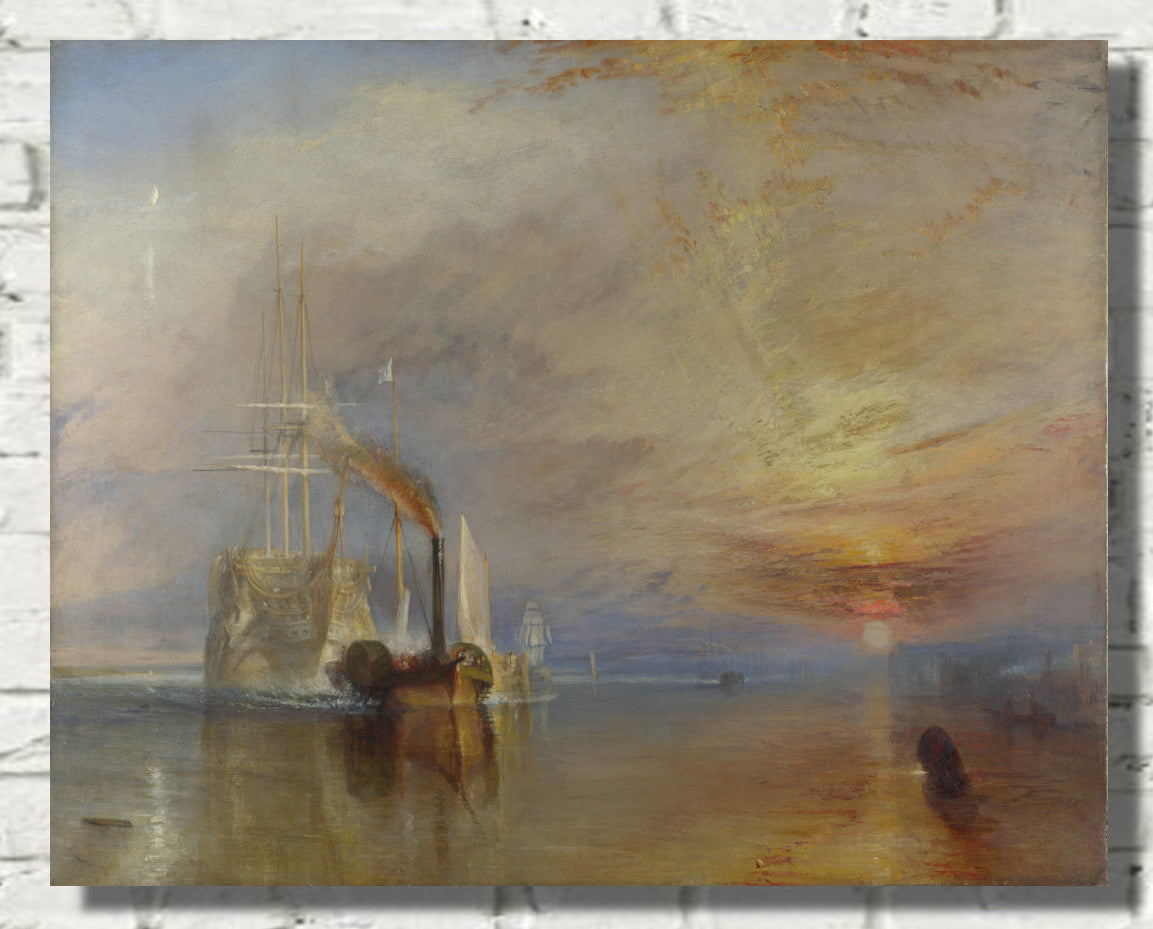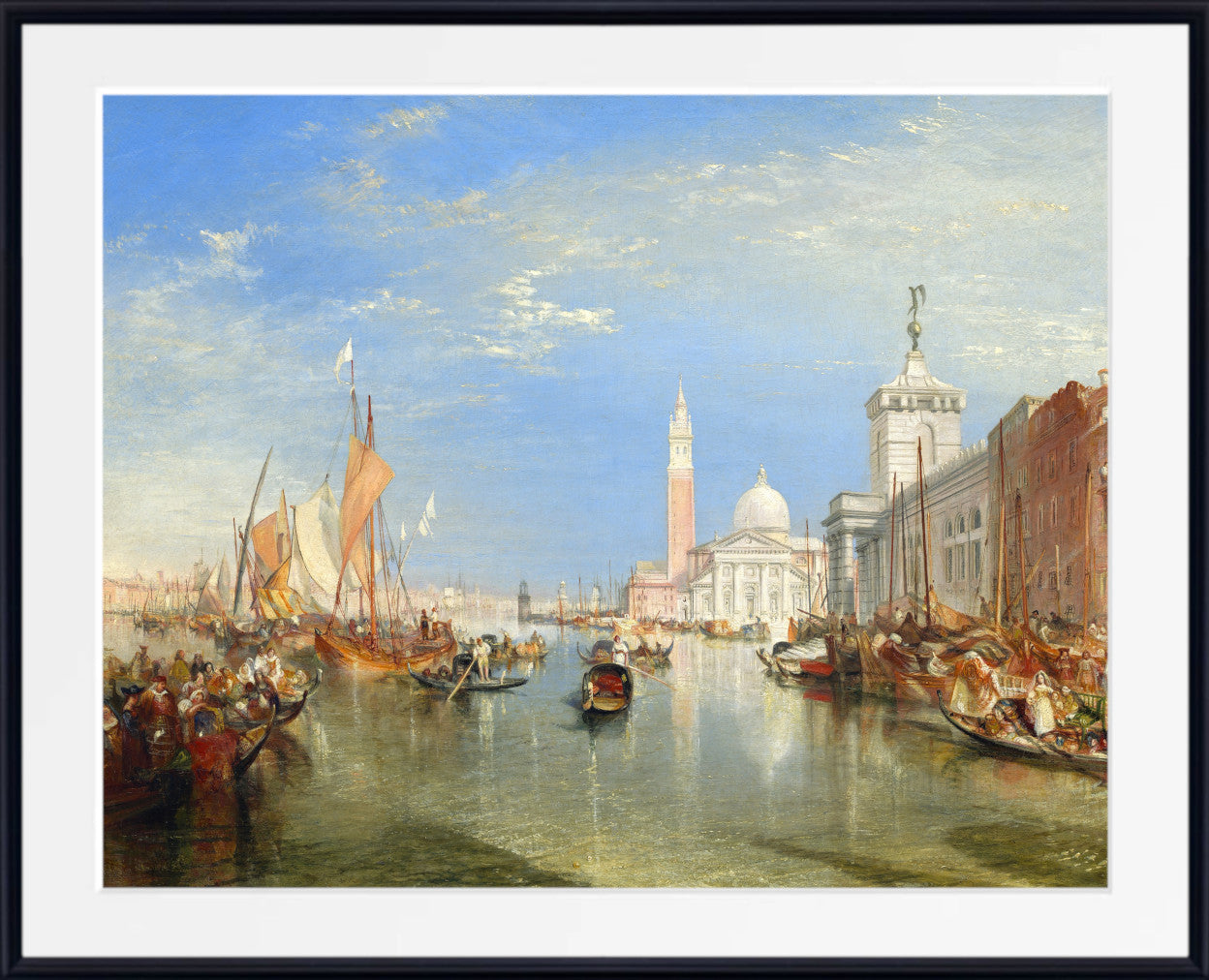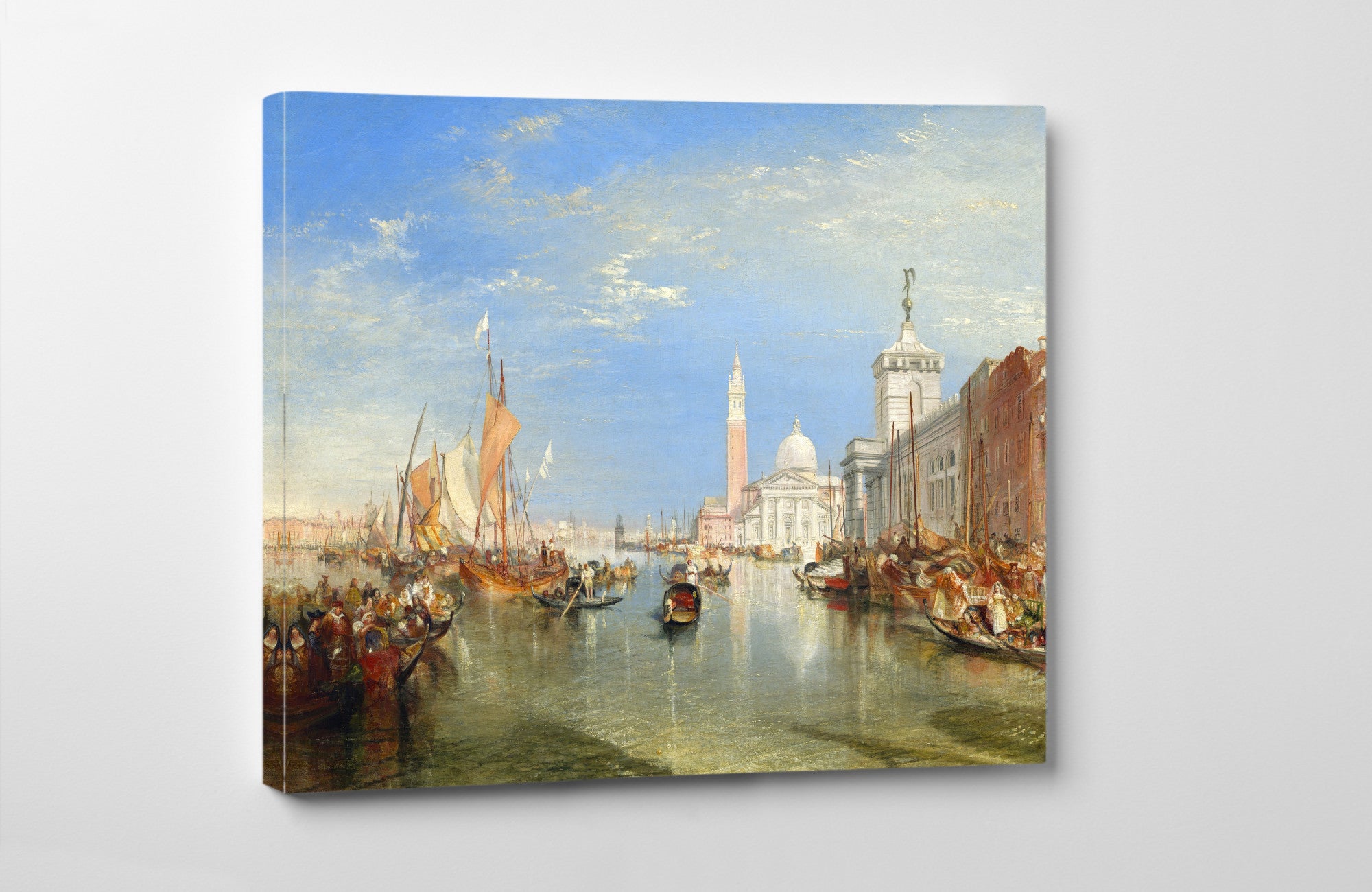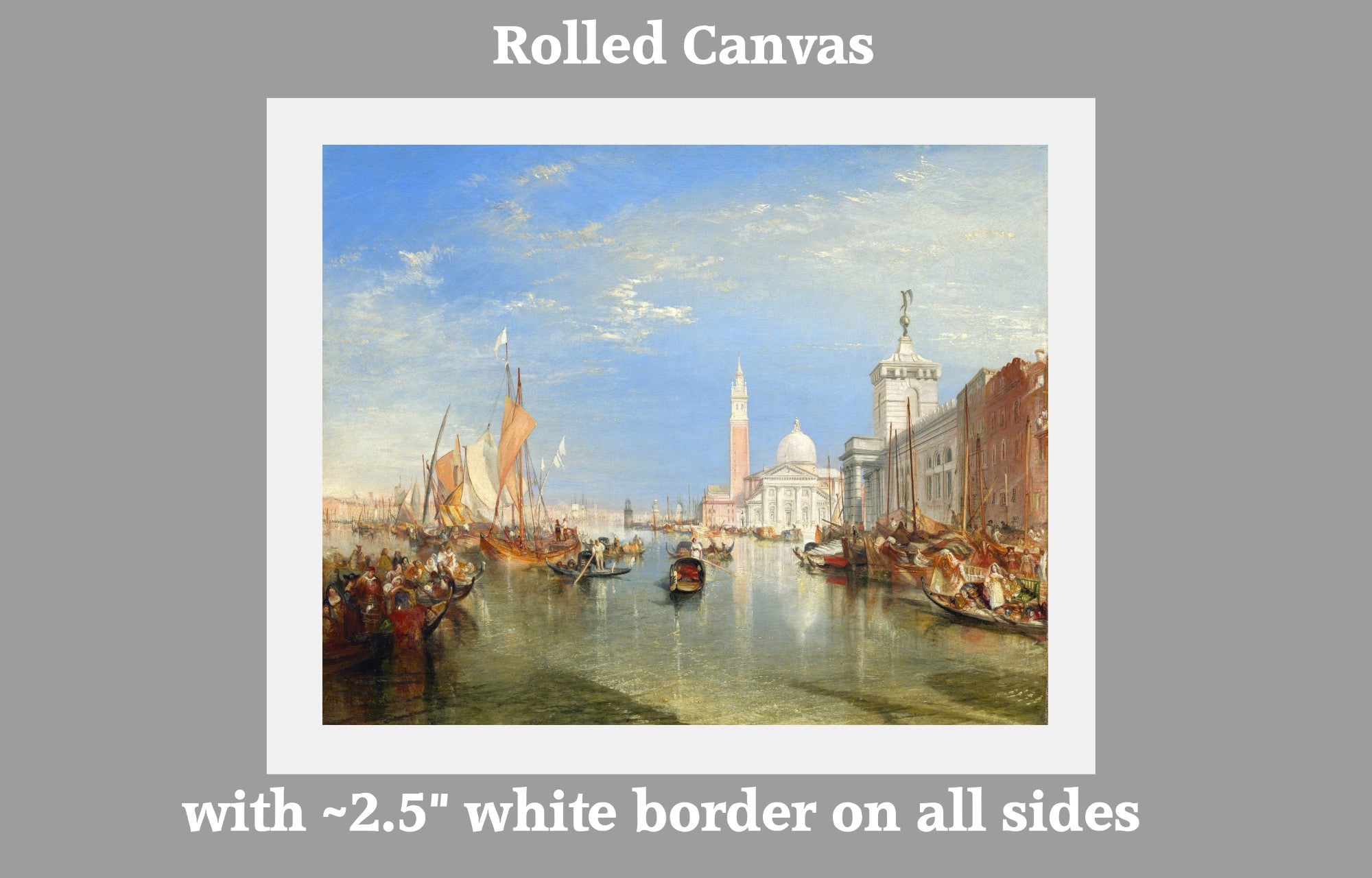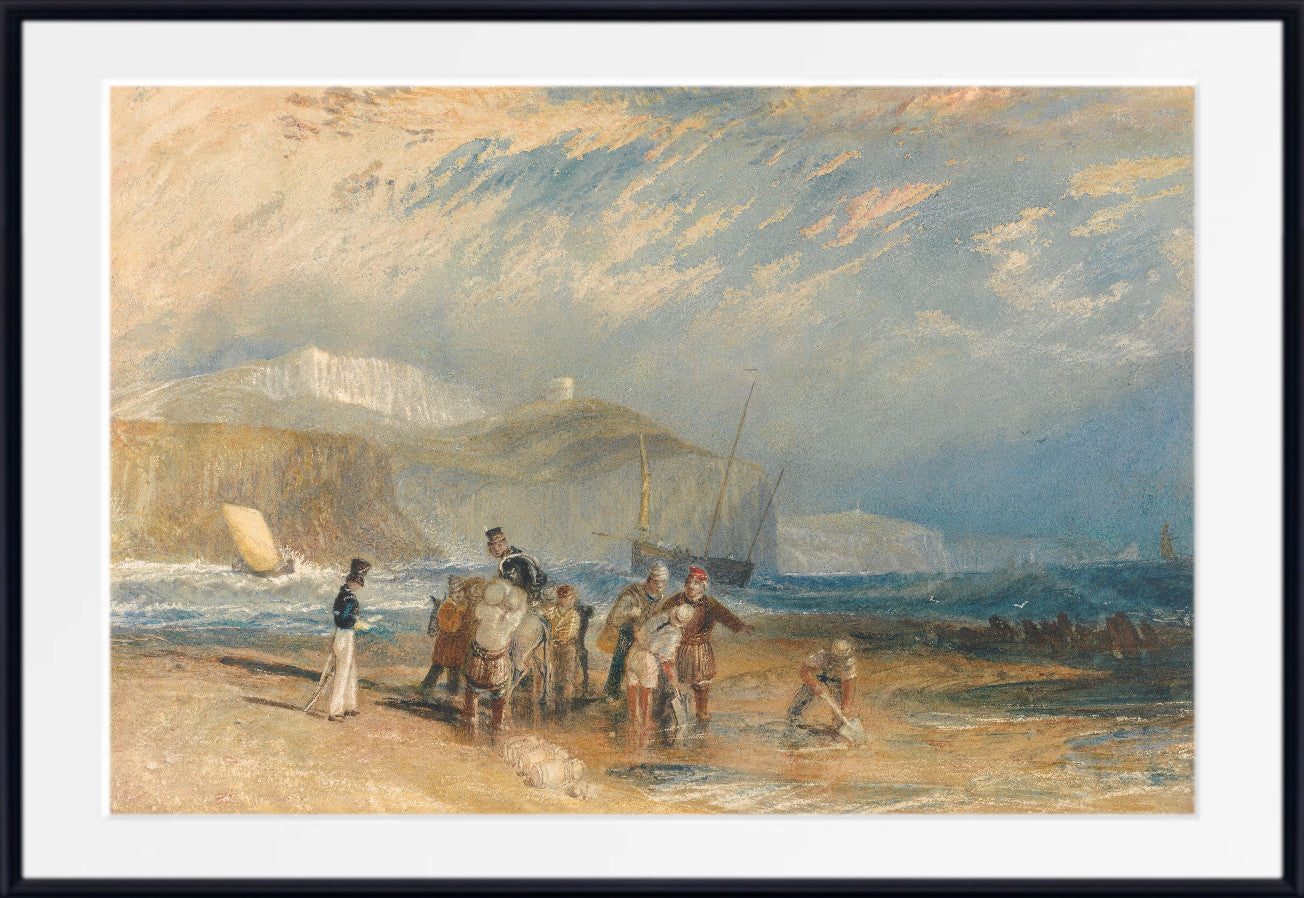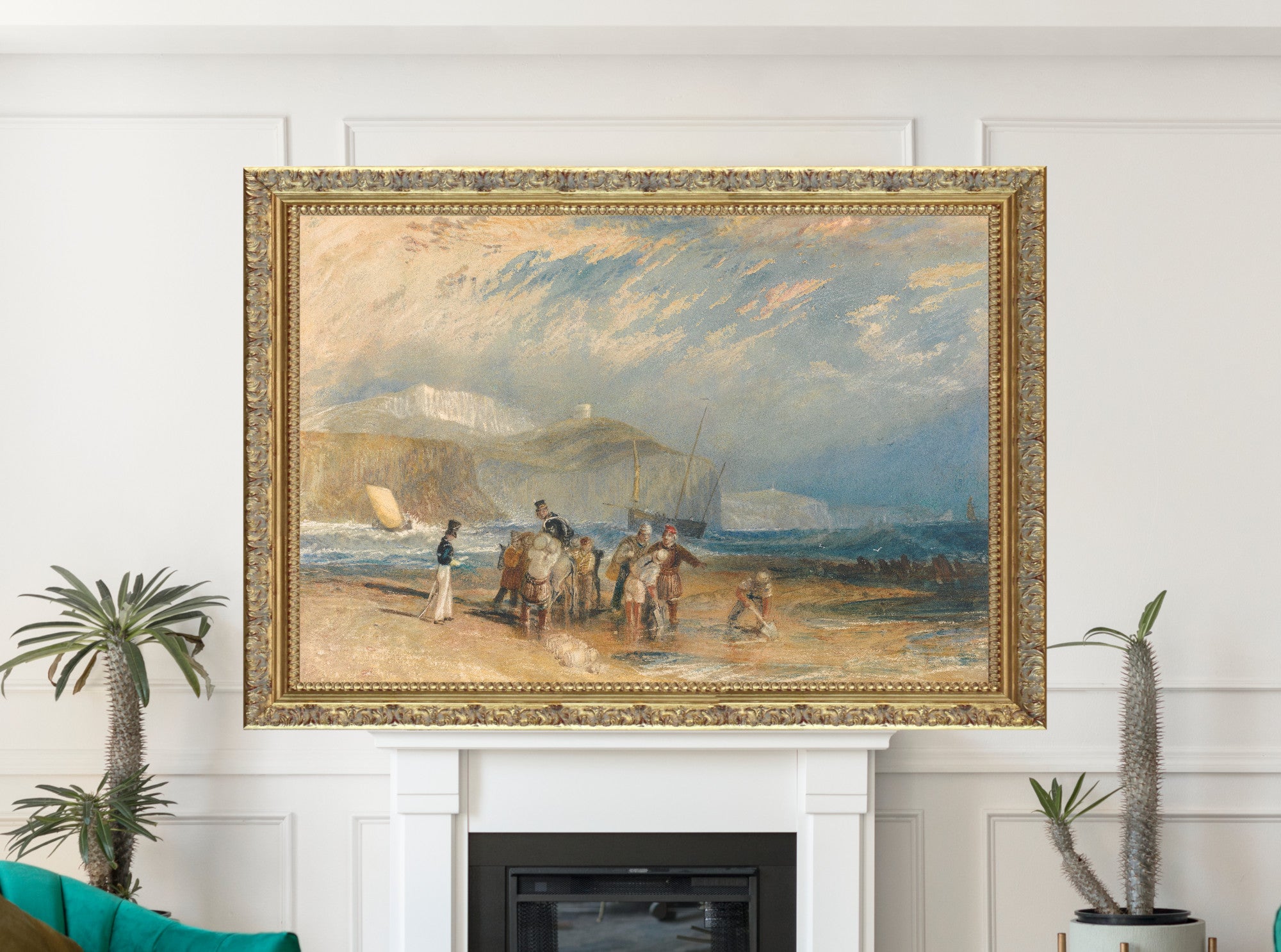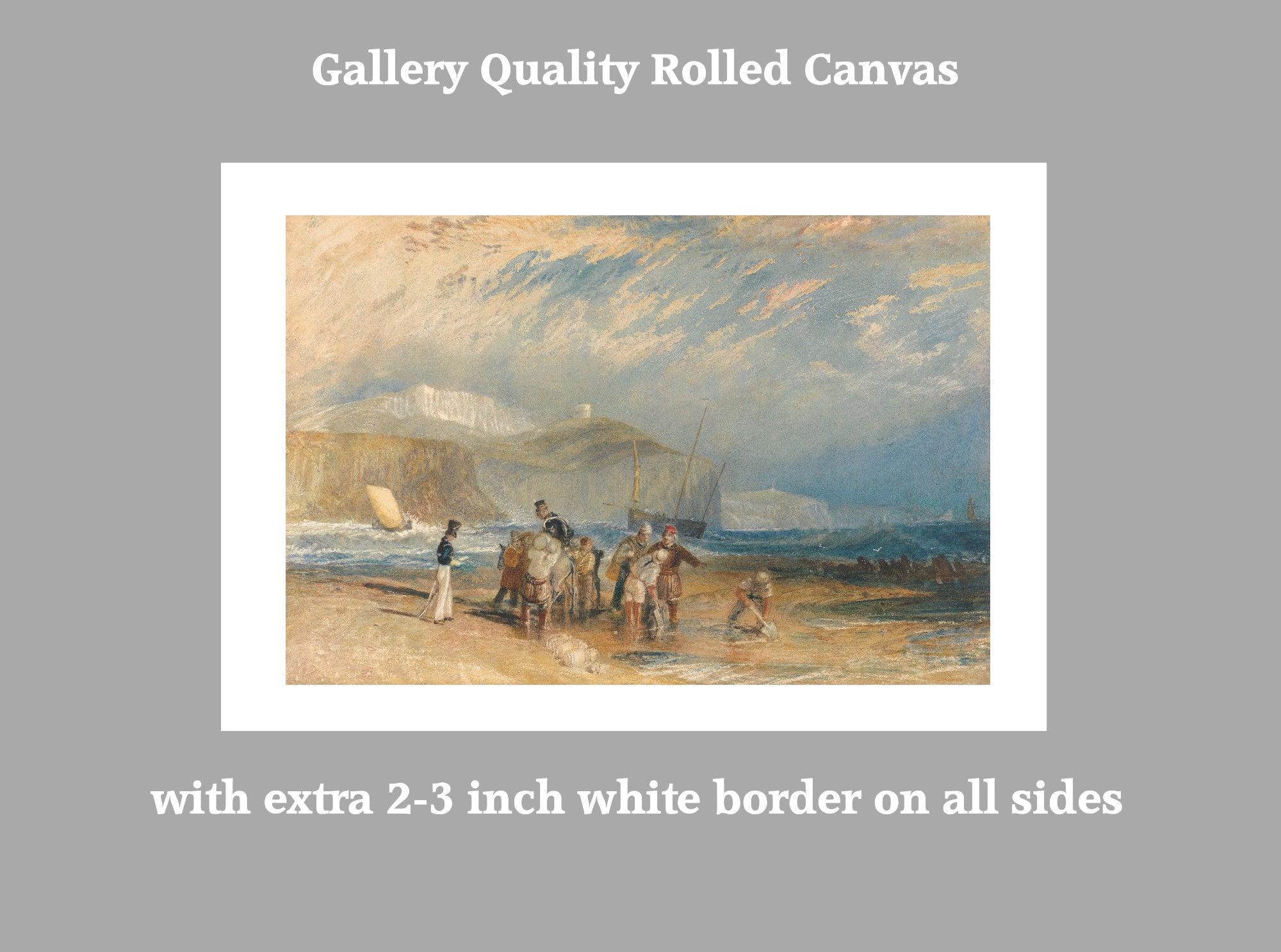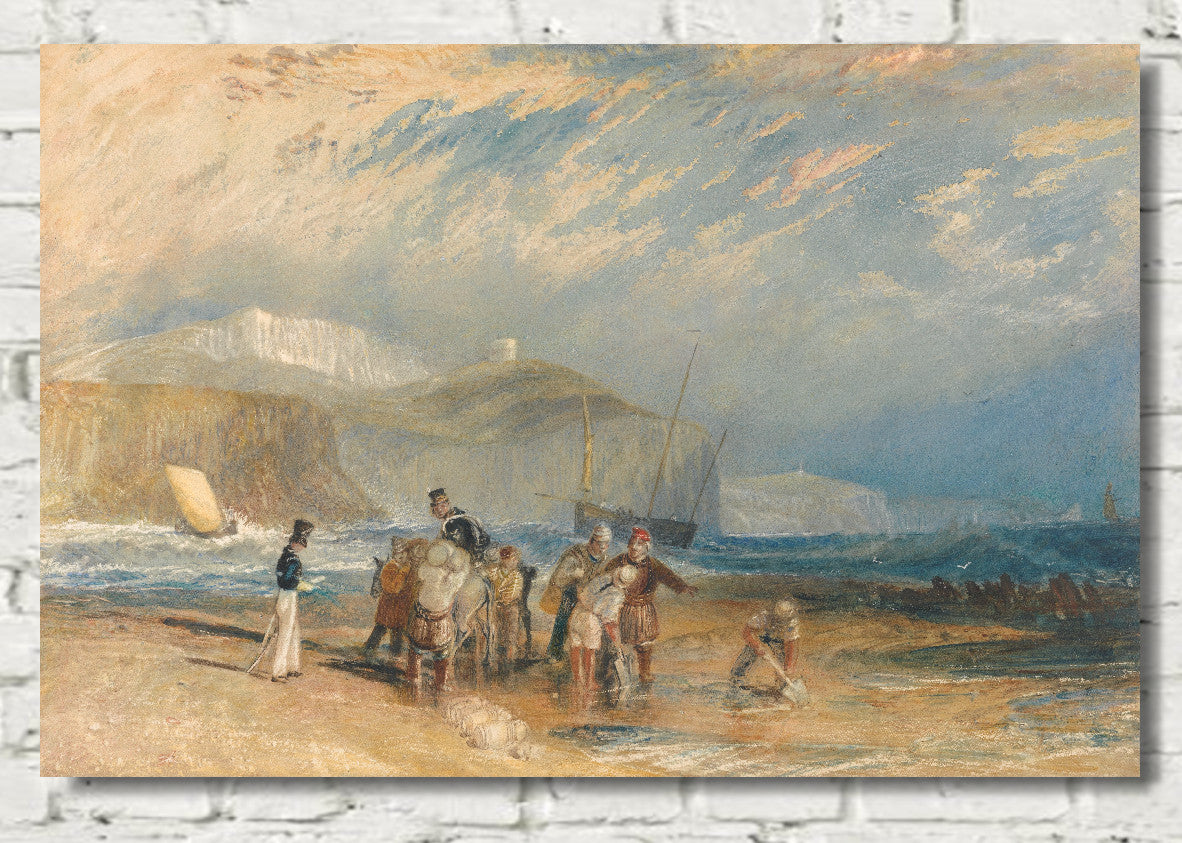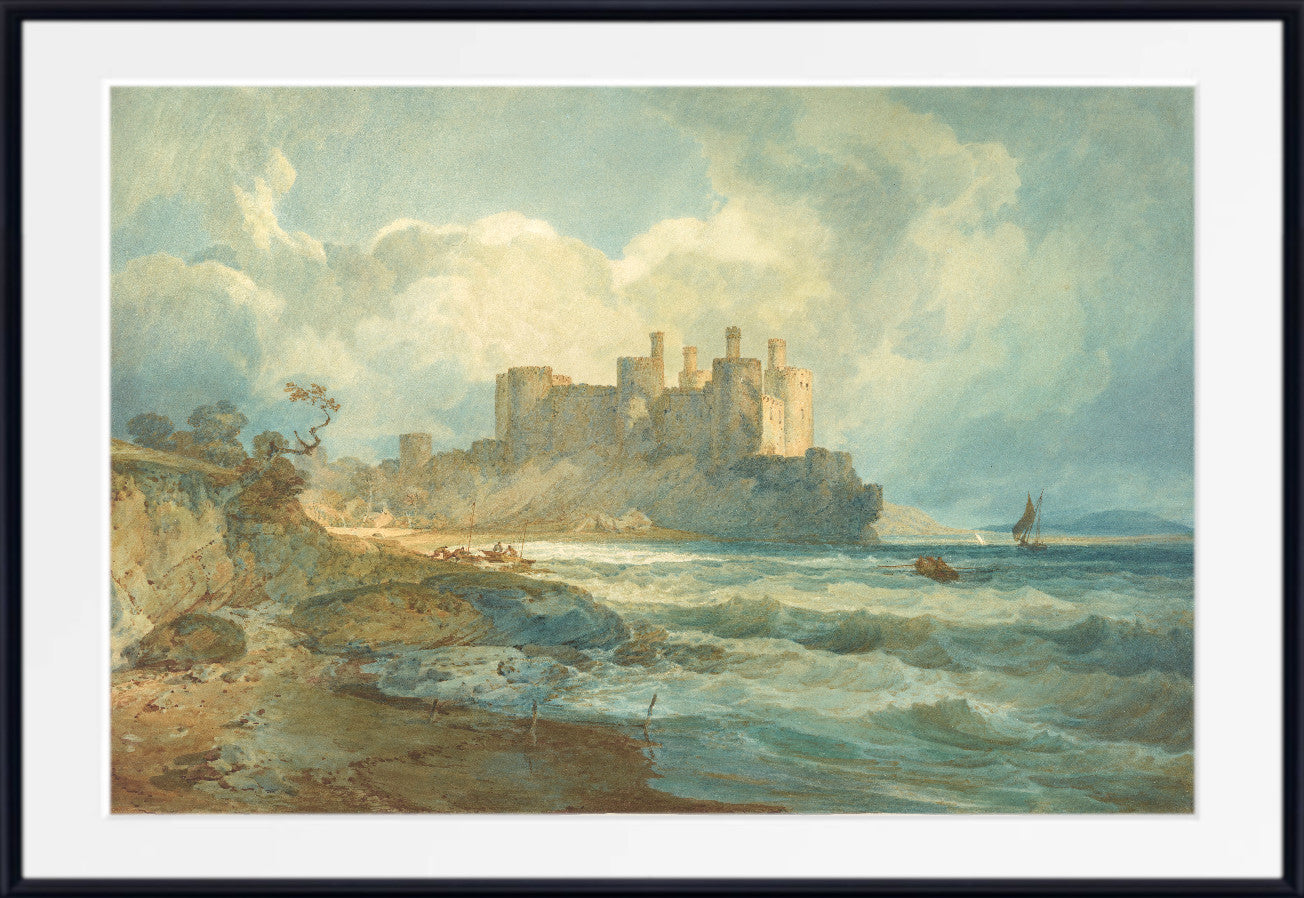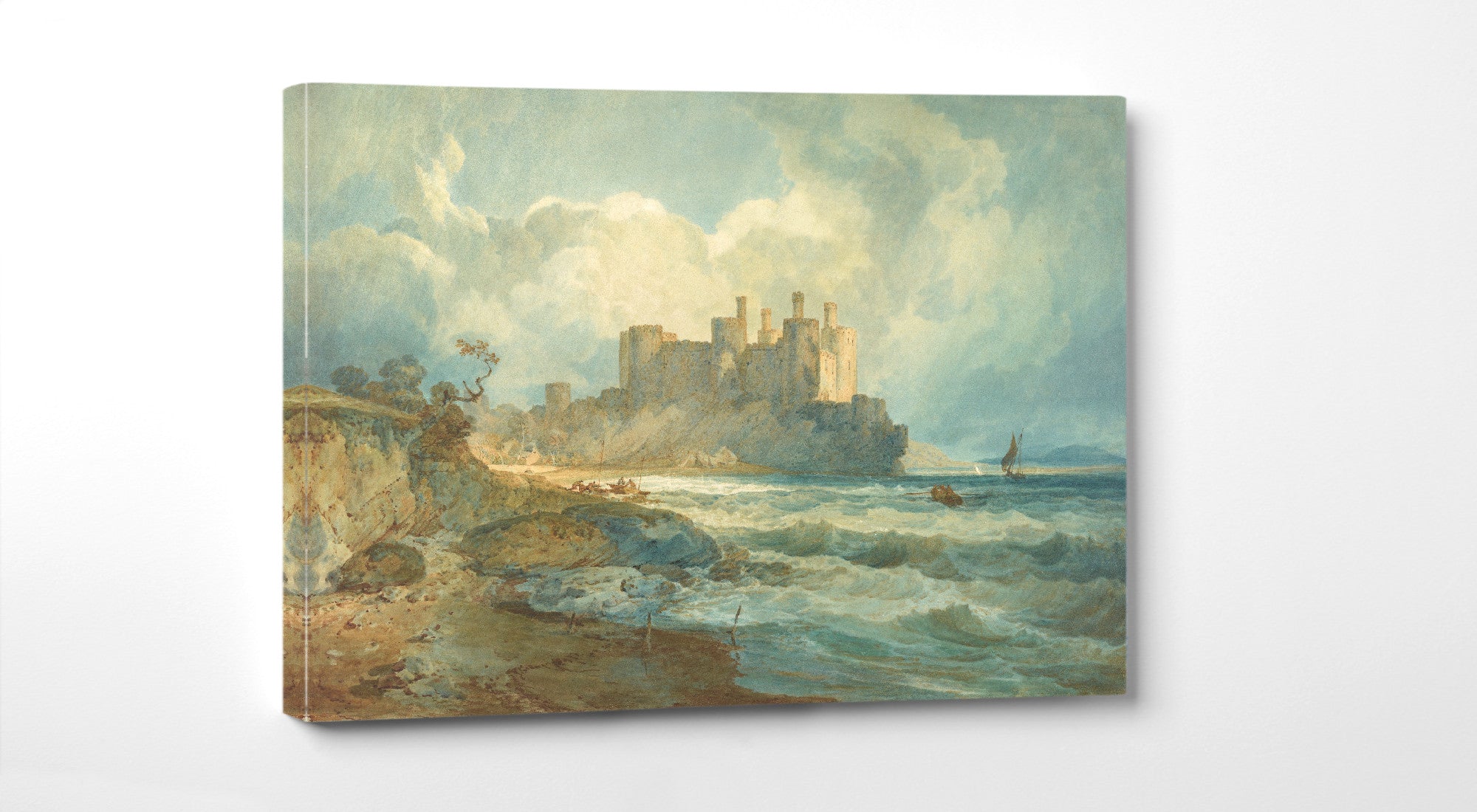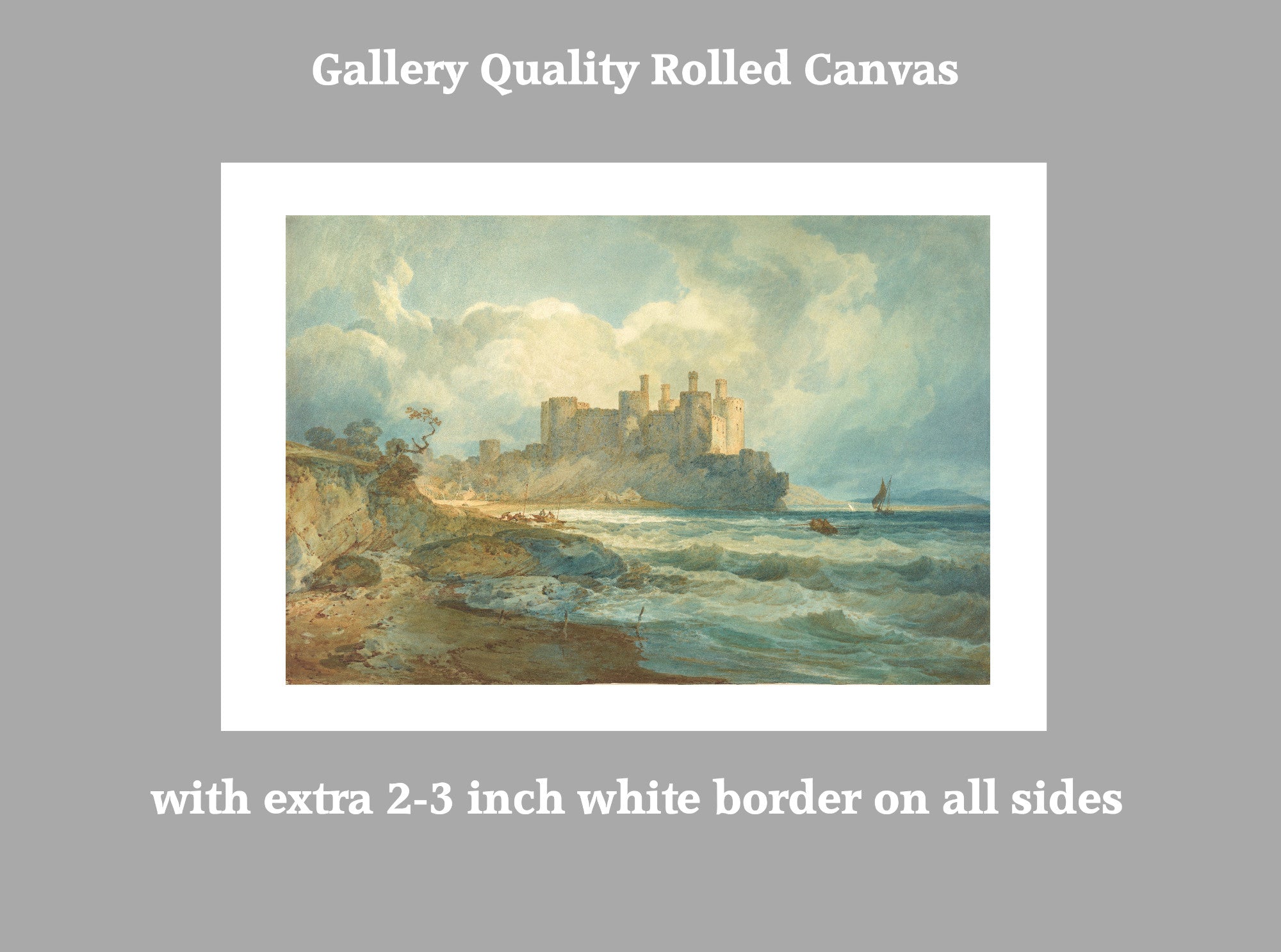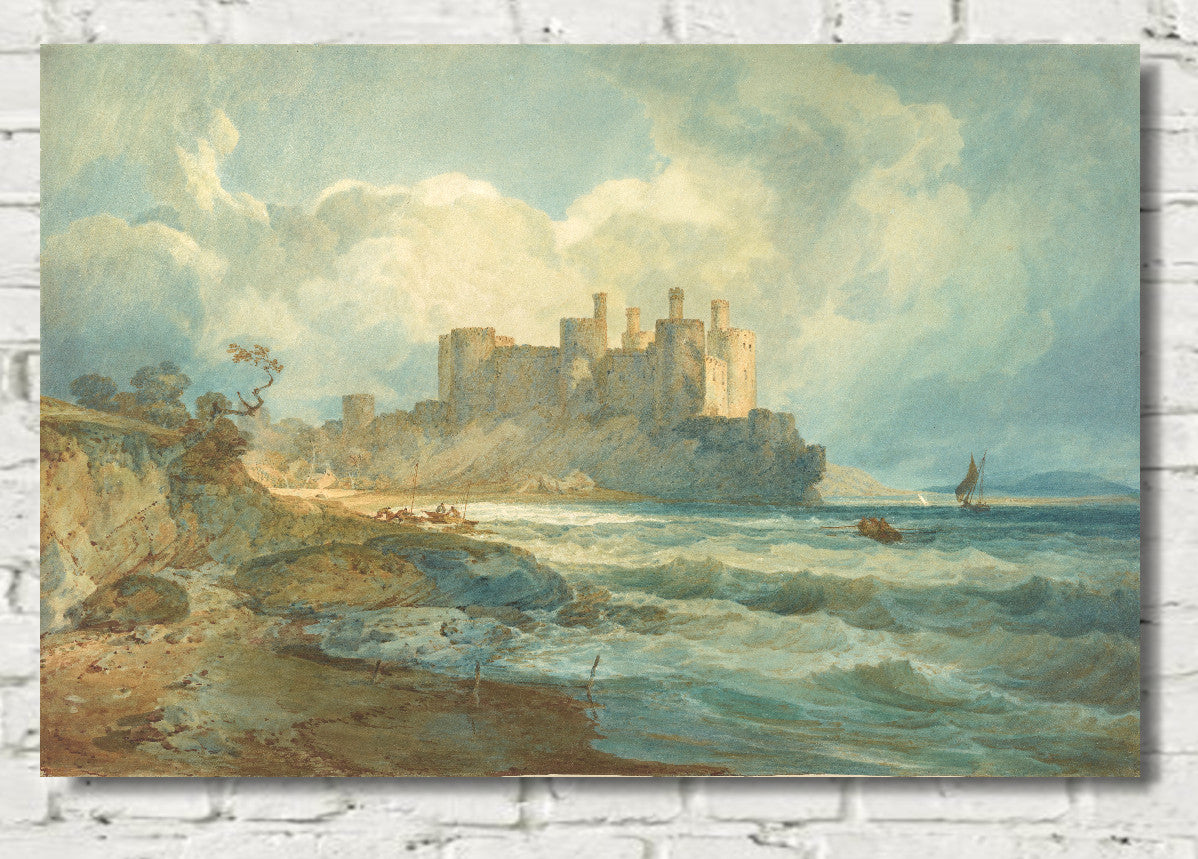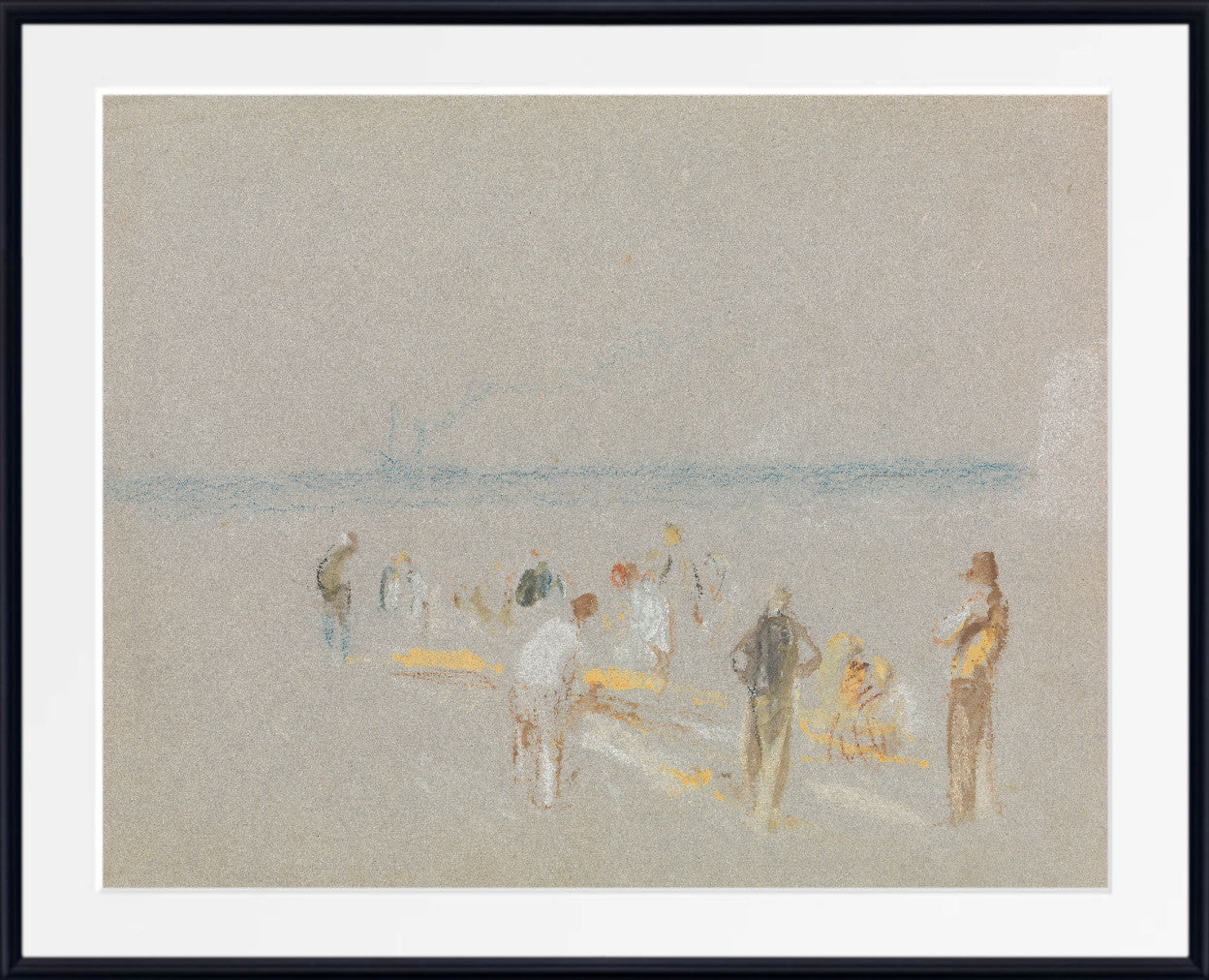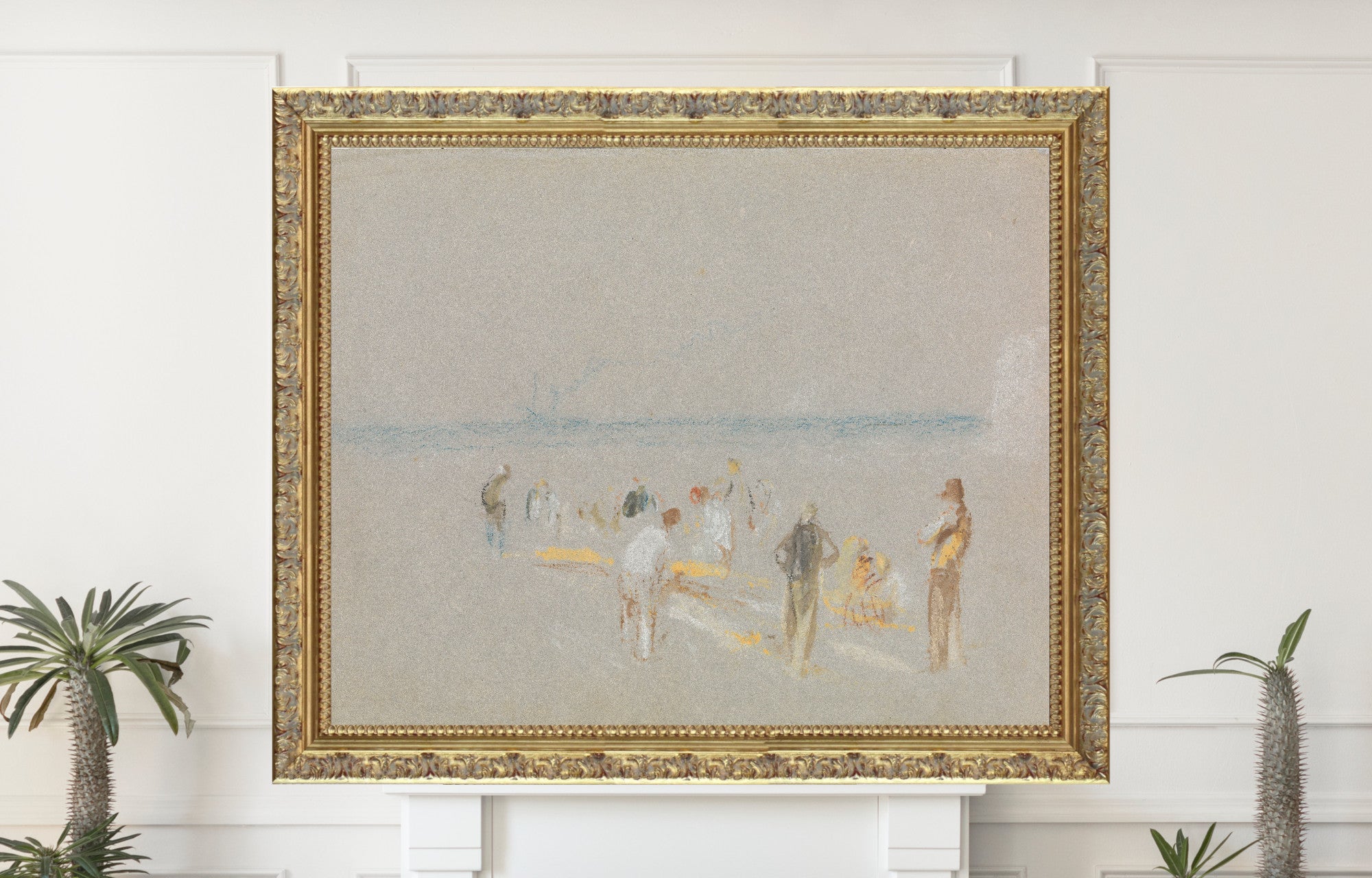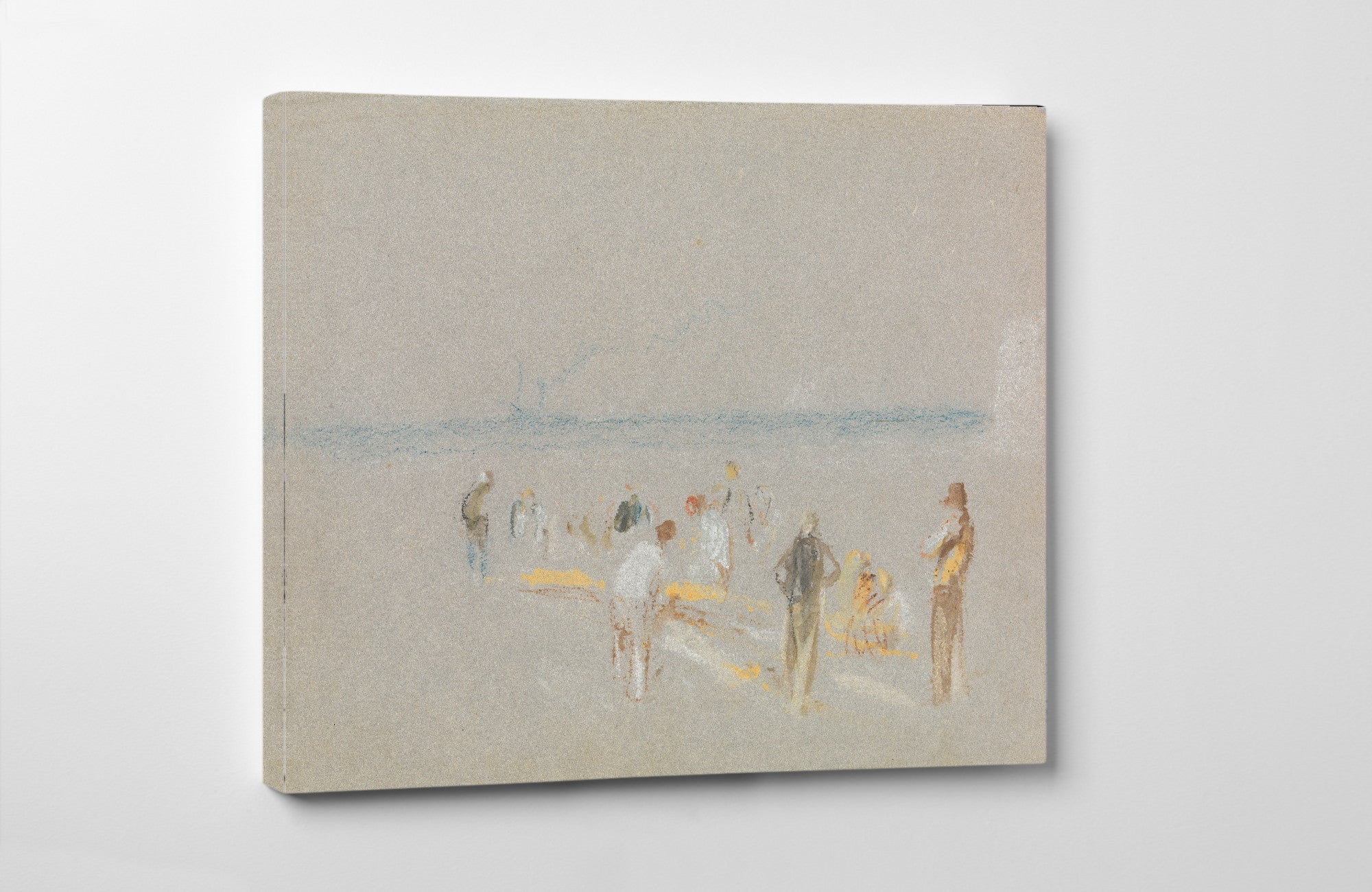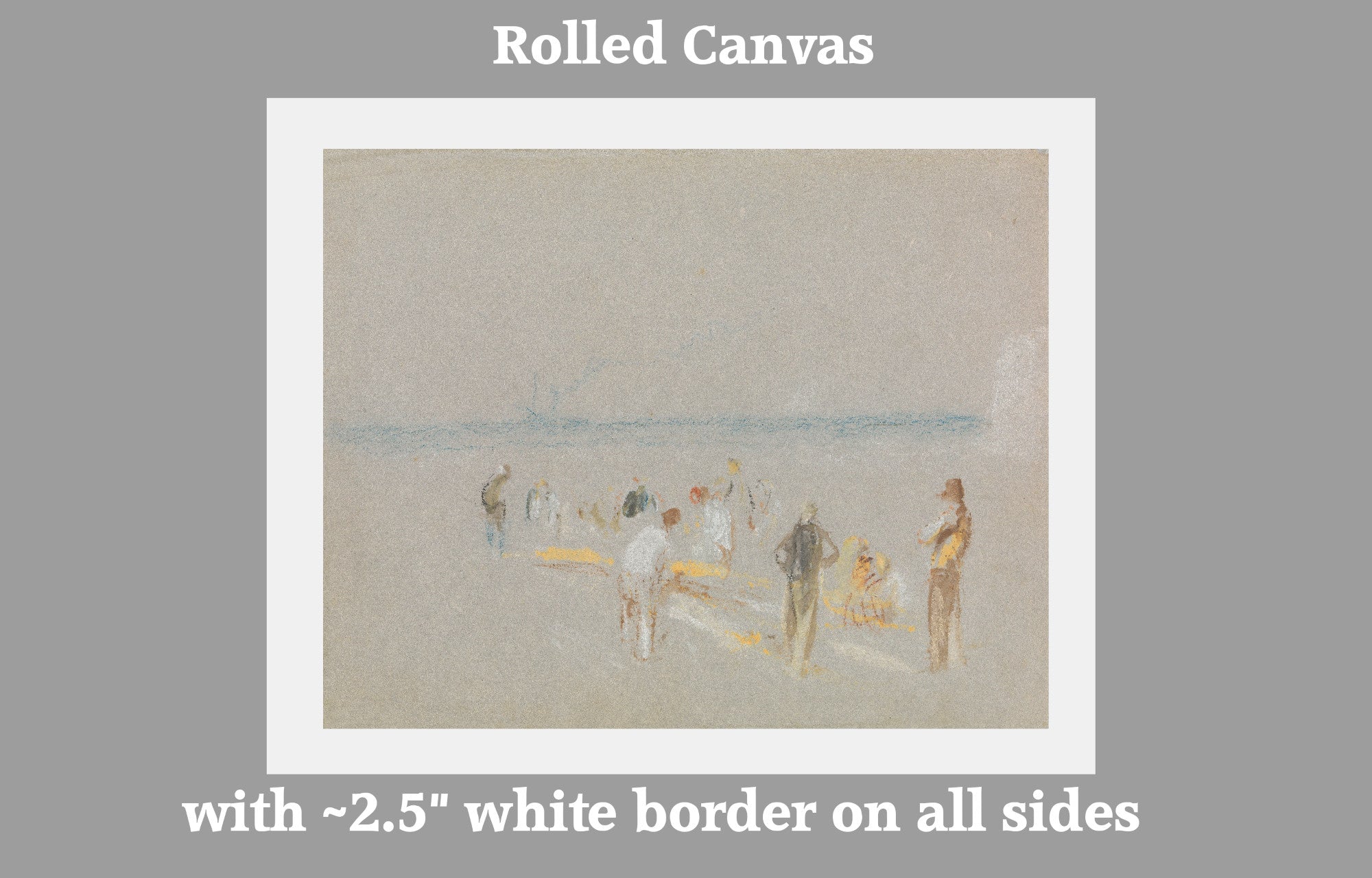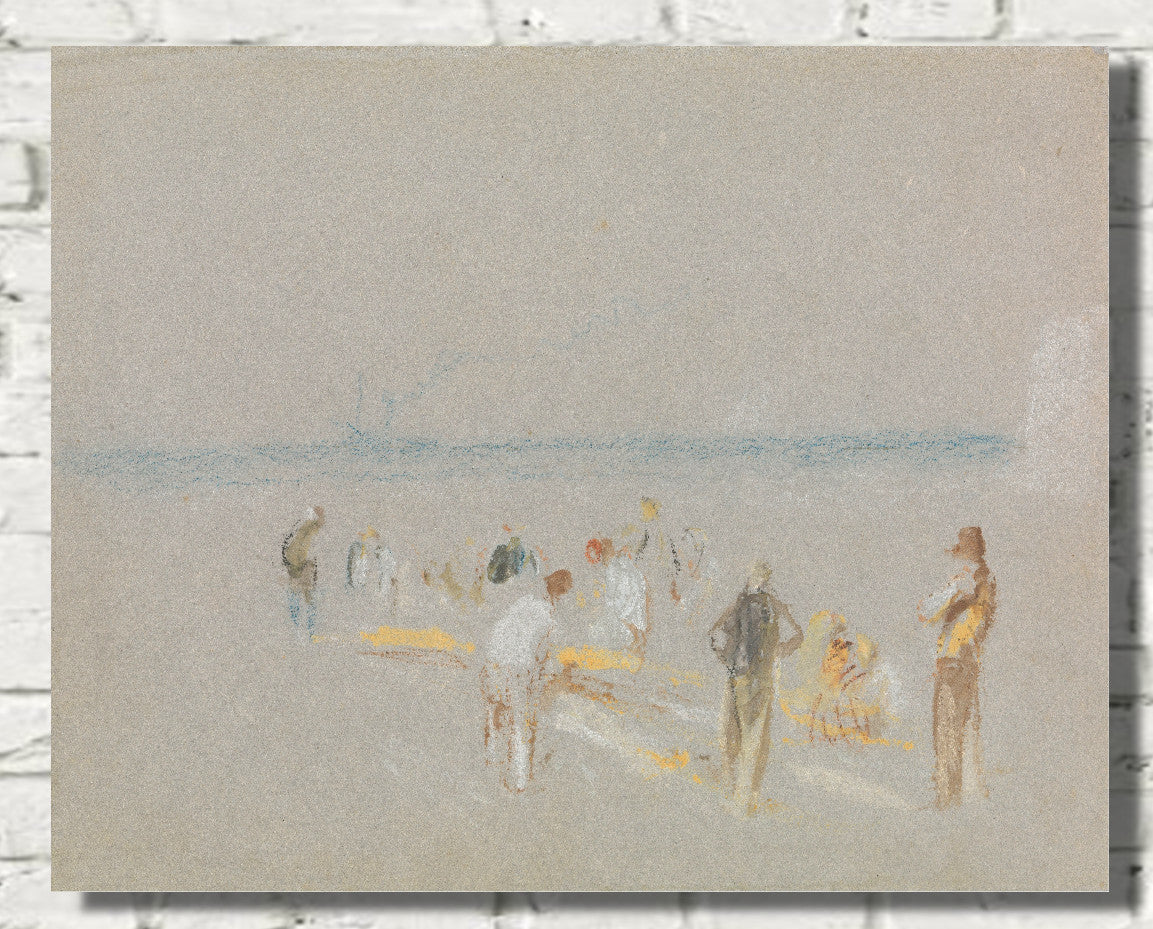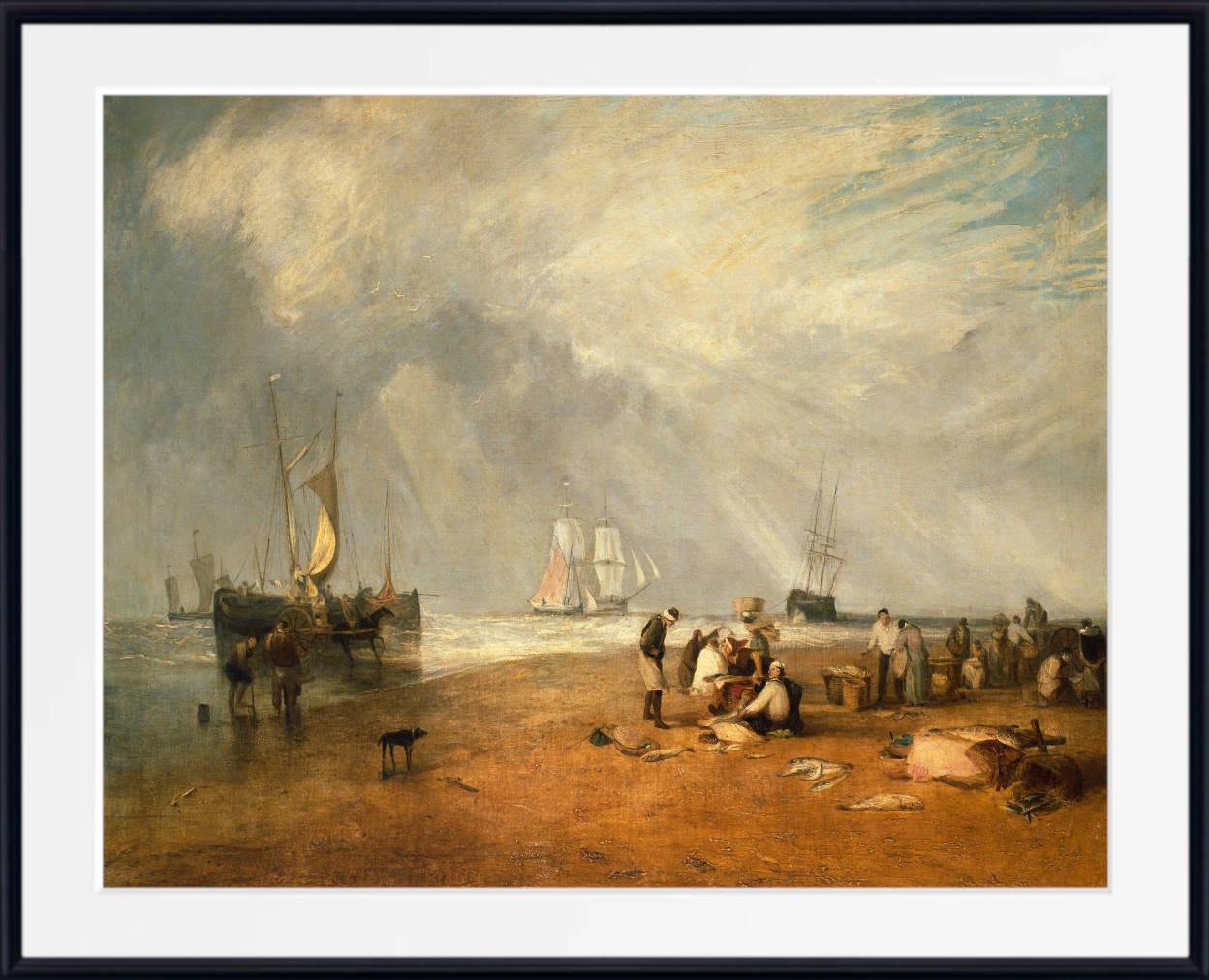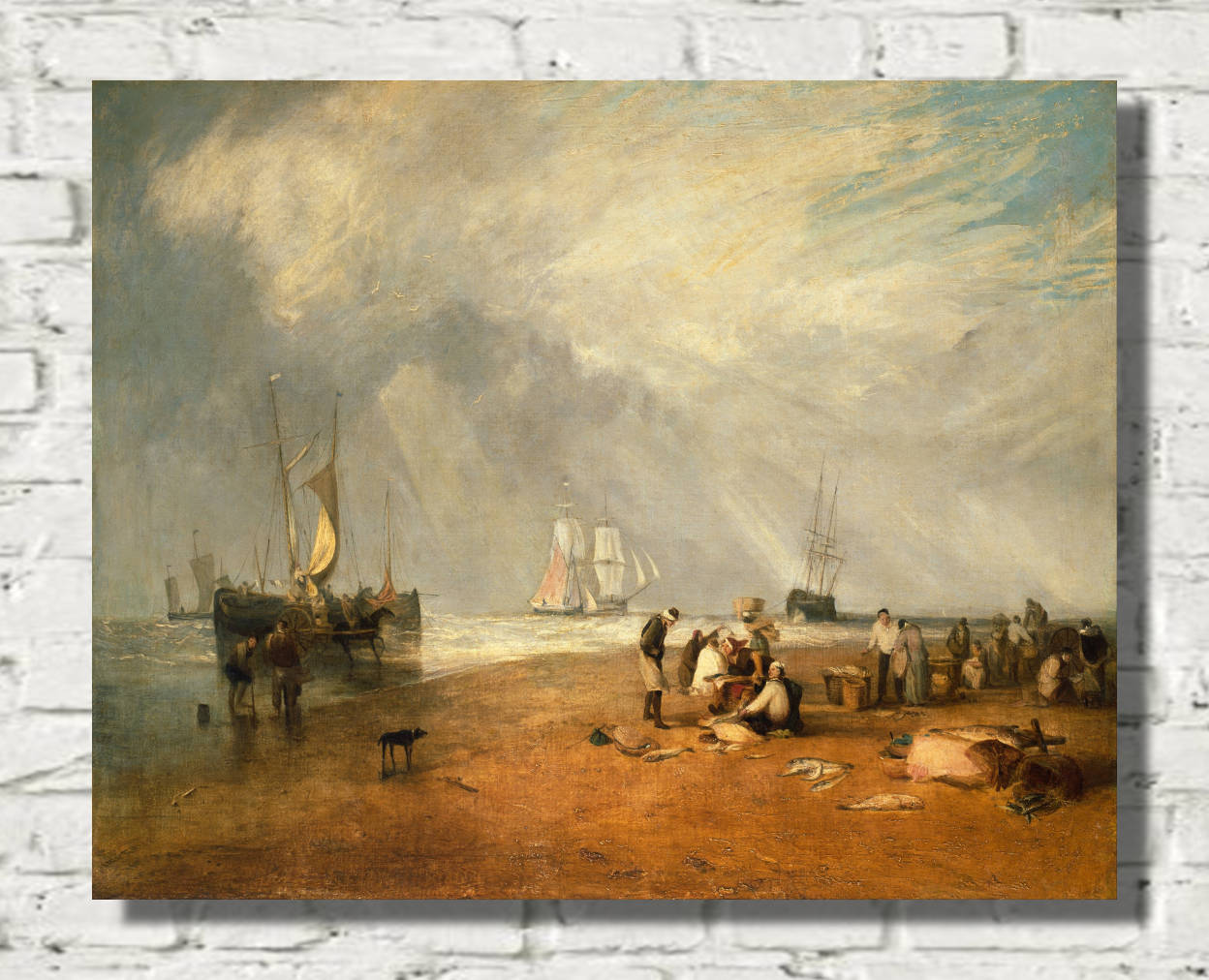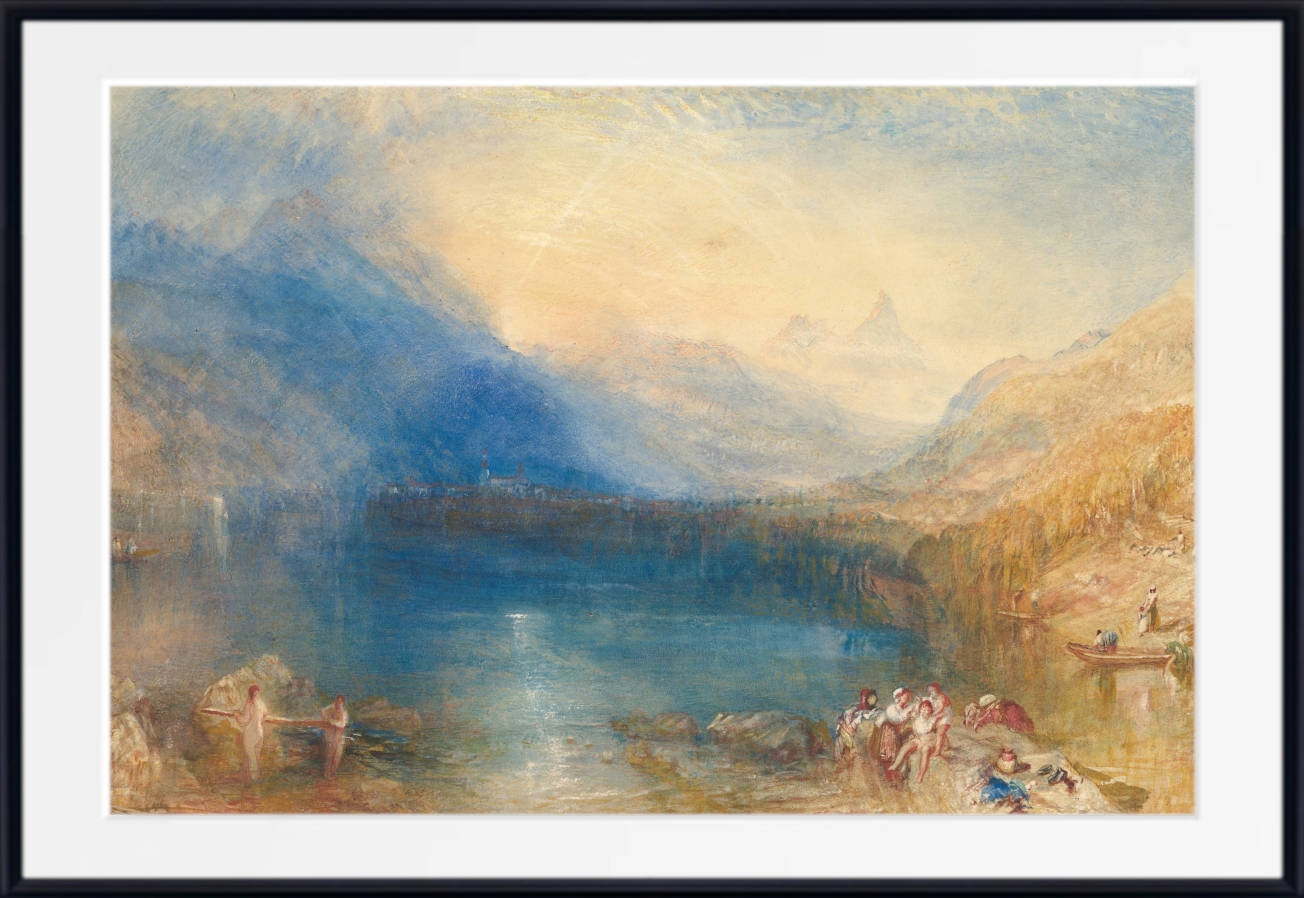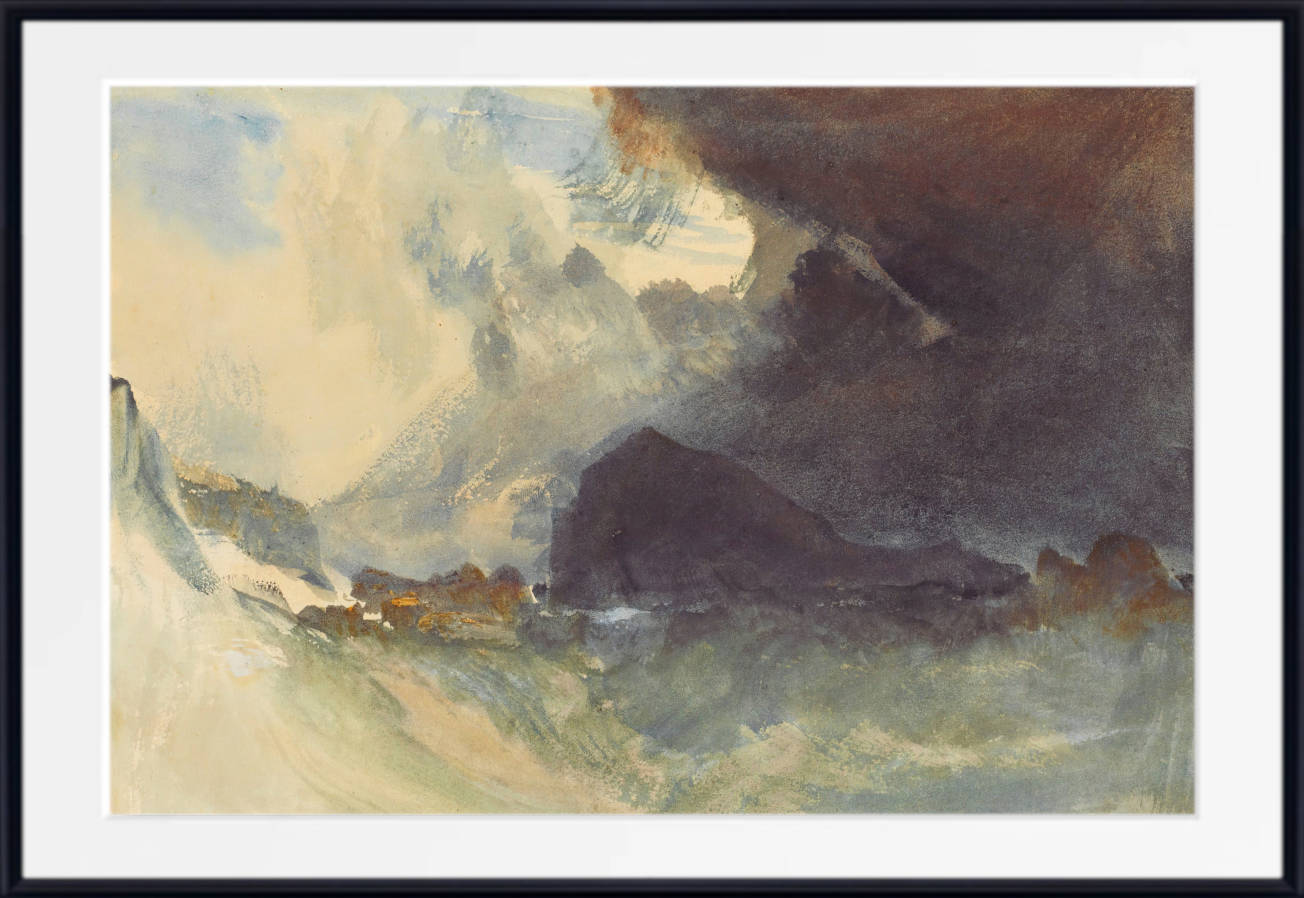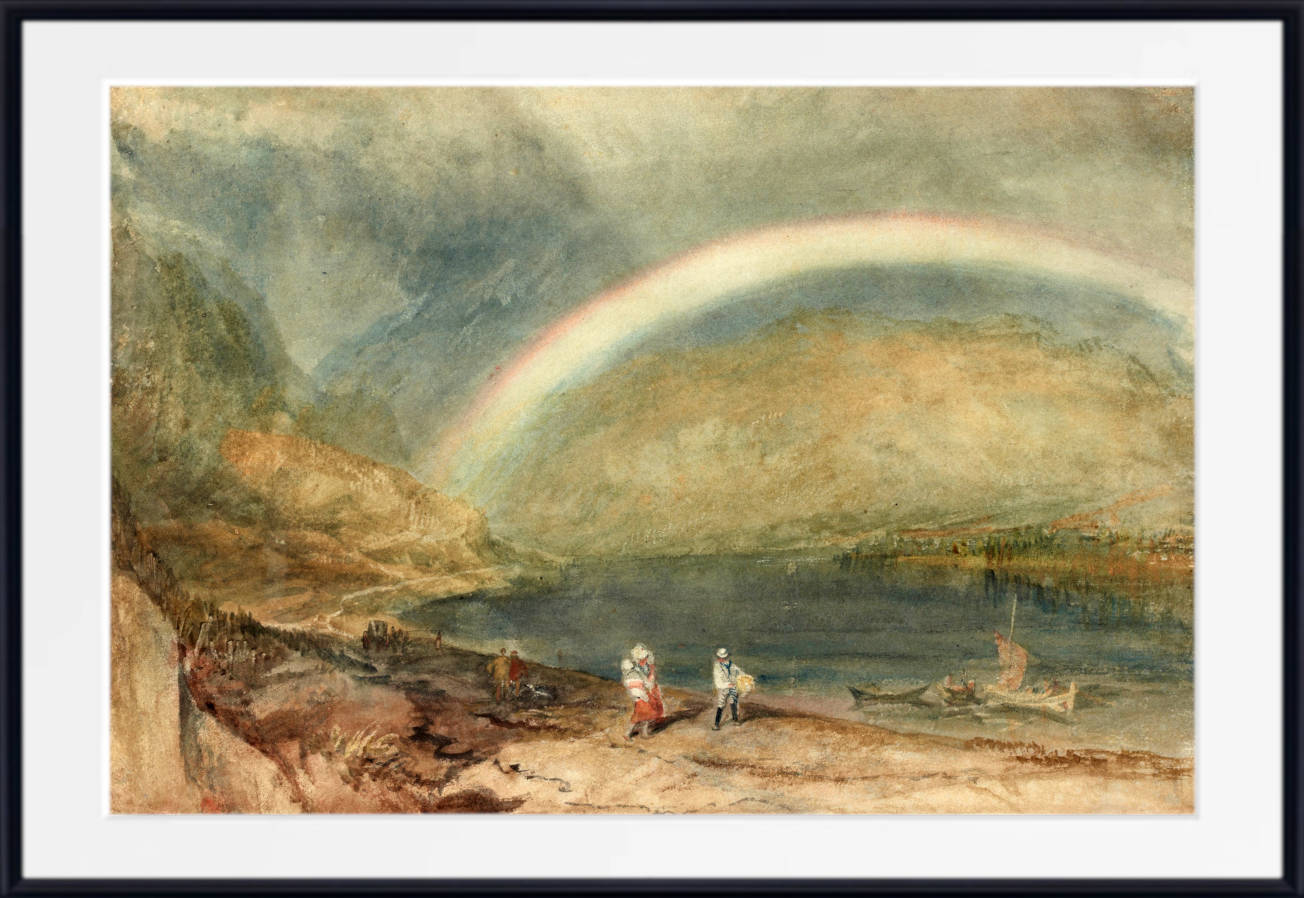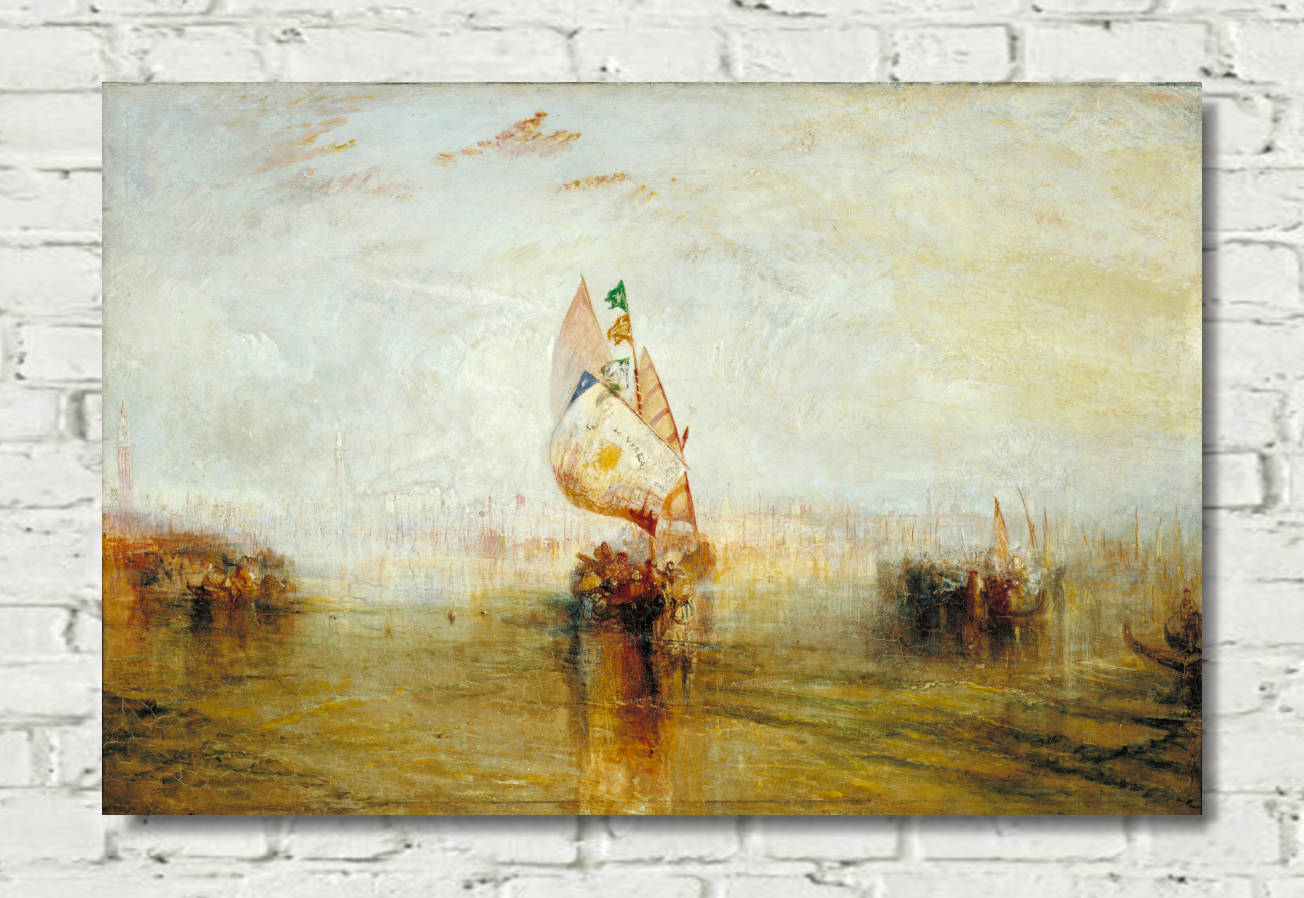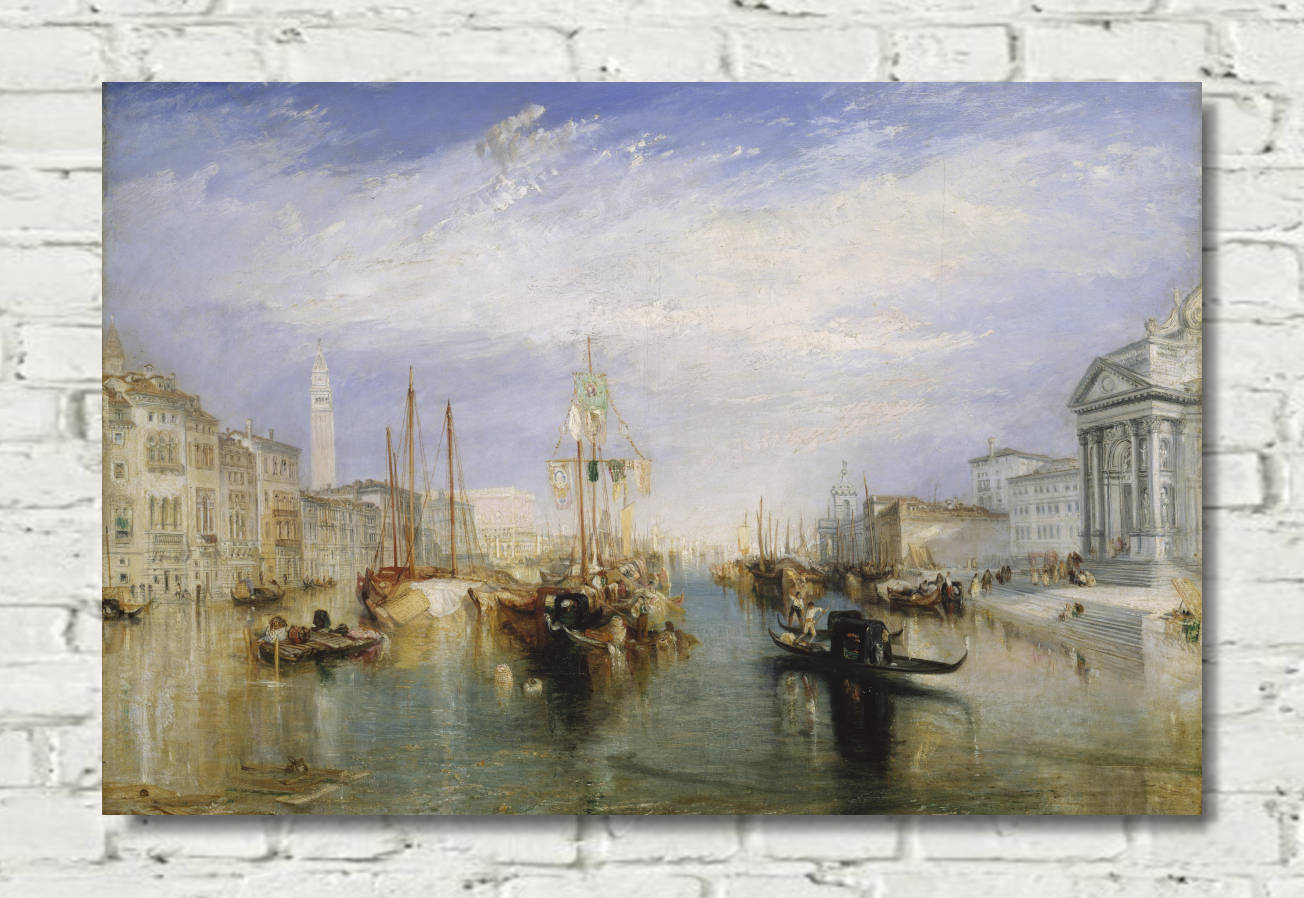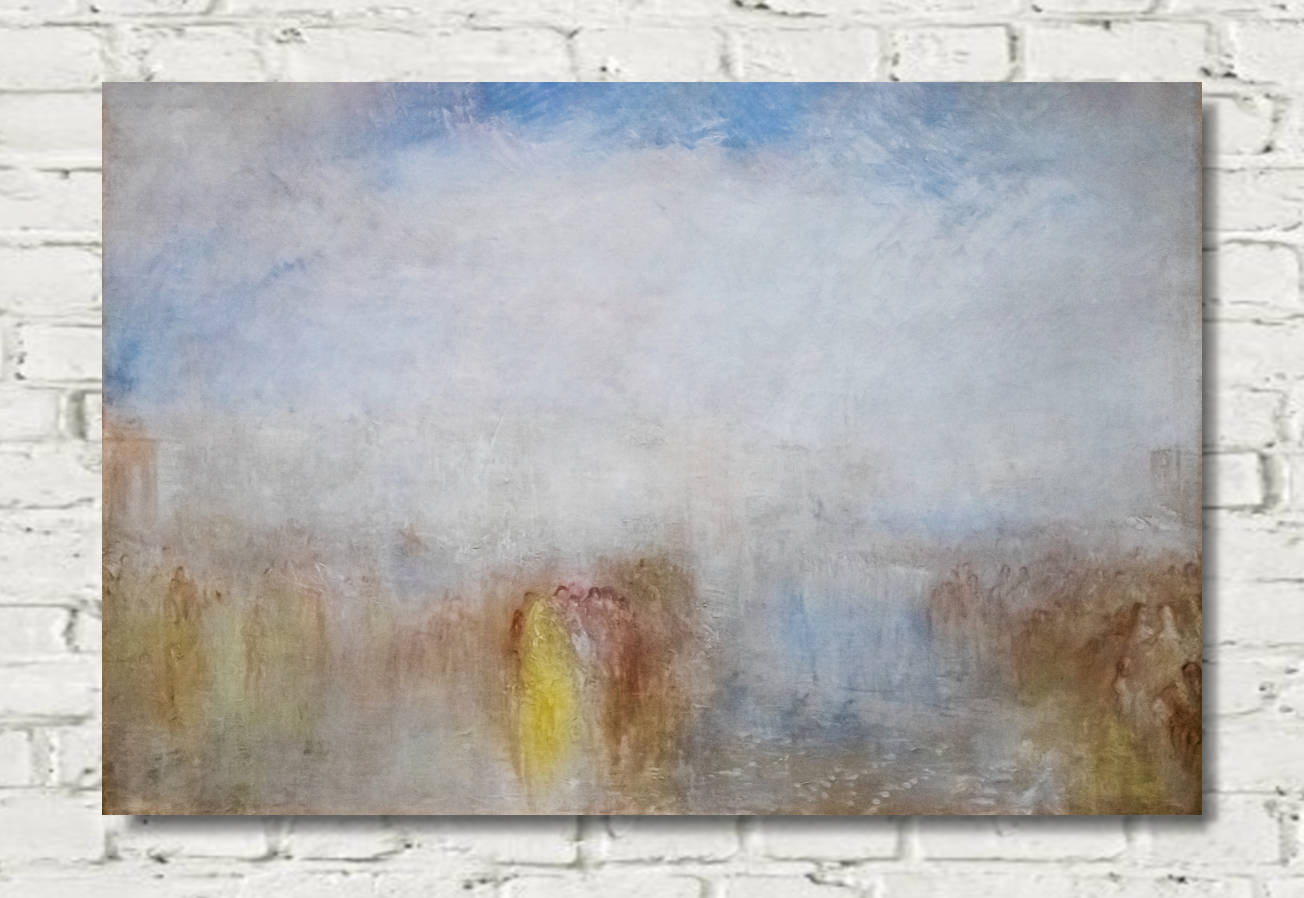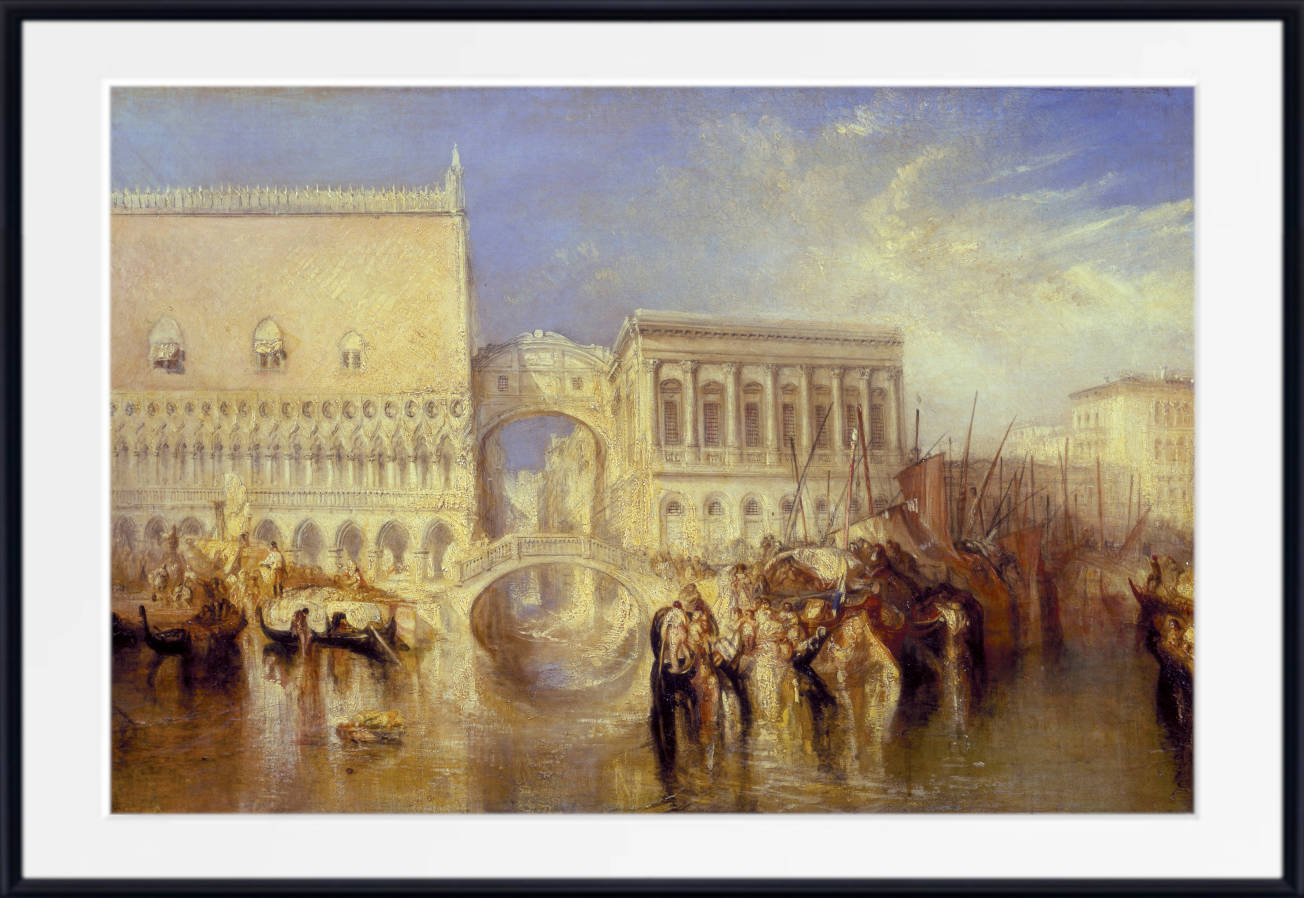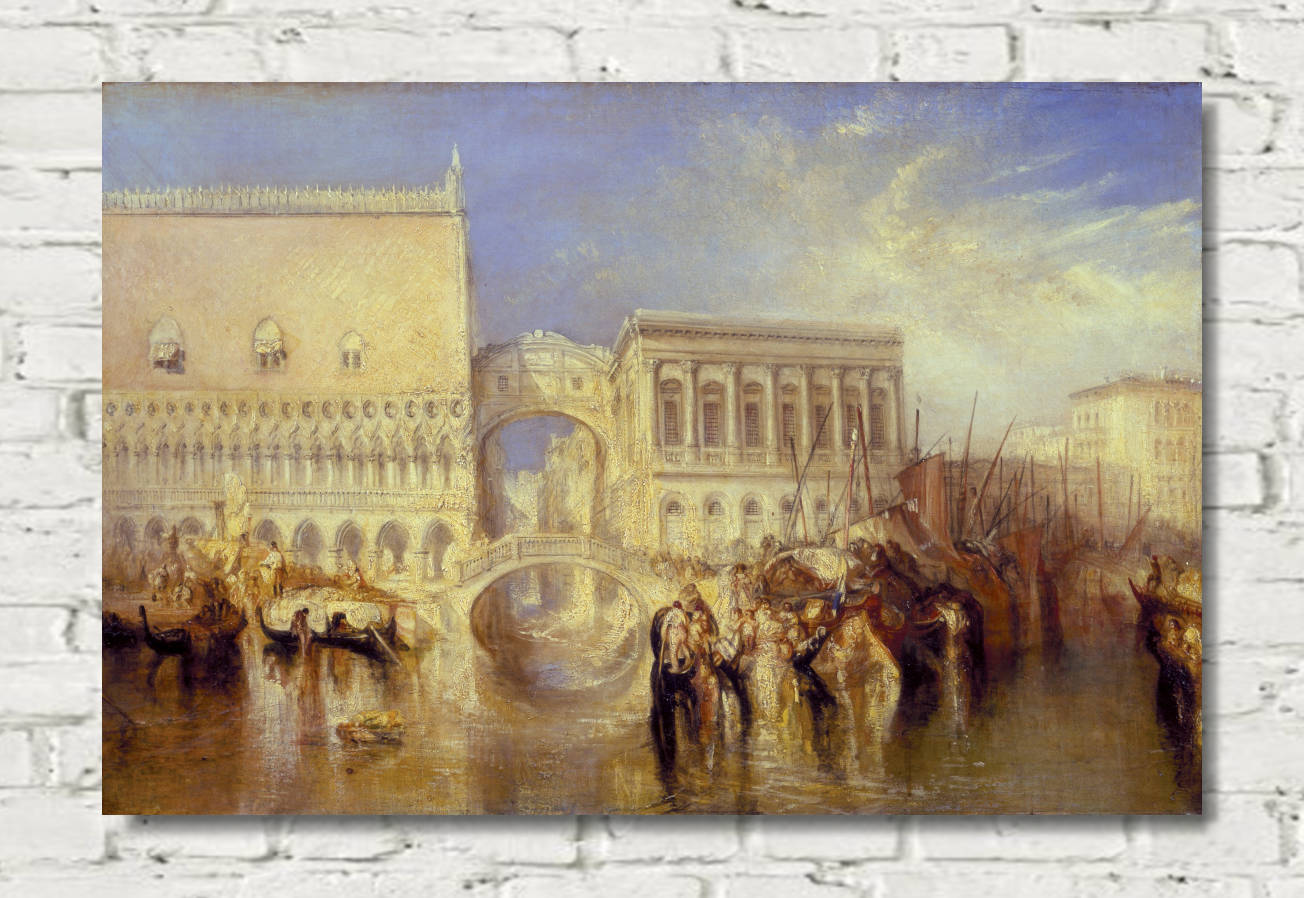Table of Contents:[hide]
1. Introduction
William Turner, often hailed as one of the greatest landscape painters in British history, revolutionized the art world with his bold use of light, color, and atmosphere. Known for his dramatic depictions of natural forces, Turner's work pushed the boundaries of traditional landscape painting, paving the way for future movements like Impressionism. This article delves into the life, career, and enduring influence of William Turner, offering a comprehensive exploration of his artistic journey.

2. Early Life and Education
Childhood and Family
Joseph Mallord William Turner was born on April 23, 1775, in Covent Garden, London. His father was a barber, while his mother struggled with mental illness, which deeply impacted his upbringing. Despite these challenges, Turner displayed an early talent for drawing, creating sketches that captured the attention of his family and friends.
Art Education and Early Influences
At the age of 14, Turner enrolled in the prestigious Royal Academy of Art. His early exposure to classical training helped shape his understanding of art, and he quickly absorbed influences from other prominent artists of the time, including Richard Wilson and Thomas Gainsborough.
3. Early Works and Themes
Initial Style and Subject Matter
Turner’s early works focused on topographical landscapes, which were meticulously detailed and realistic. His talent for architectural sketches became apparent, as he often produced precise drawings of buildings and landmarks. These early works show his mastery of form, structure, and proportion.
Architectural Sketches
Turner’s skill in rendering detailed structures led to commissions for architectural paintings, especially from aristocratic patrons. His early works were methodical and precise, but they hinted at the more experimental approach he would later adopt.
4. Turner’s Influence from the Old Masters
Study of Past Artists
Turner was an avid student of the Old Masters, particularly those from the Baroque period. His admiration for artists like Claude Lorrain significantly shaped his early career. Lorrain's pastoral landscapes and serene use of light deeply resonated with Turner.
Influence of Claude Lorrain
Lorrain’s impact on Turner can be seen in many of his early works, where he sought to emulate the harmonious balance of light and shadow. Over time, Turner’s work would depart from Lorrain’s restrained compositions, adopting a more dramatic and emotional tone.
5. Evolving Style: From Realism to Romanticism
Gradual Shift in Style
As Turner matured as an artist, his style evolved from realistic depictions of landscapes to a more romantic, expressive form of painting. His focus shifted to capturing the emotions and power of nature, often through turbulent seas, storms, and dramatic skies.
Use of Light and Color
Turner’s use of light and color became his hallmark. He experimented with atmospheric effects, using luminous colors to create a sense of movement and energy in his paintings. His bold application of paint gave his works a dynamic and almost abstract quality.
6. Turner’s Travel and its Impact on His Work
Influence of European Travels
Travel played a crucial role in Turner’s artistic development. His trips across Europe, particularly to Italy, allowed him to study different landscapes, cultures, and artistic traditions. These travels inspired a series of works, particularly his Venetian scenes, where he depicted the city’s canals bathed in a golden glow.
The Venetian Series
Turner’s Venetian paintings are some of his most celebrated. He captured the interplay of light and water with exquisite detail, creating dreamlike vistas that reflected his fascination with the city’s unique atmosphere.
7. Notable Paintings of William Turner
The Fighting Temeraire
One of Turner’s most iconic works, "The Fighting Temeraire" (1839), depicts the final journey of a warship being towed to its dismantling. The painting is a poignant reflection on the passage of time and the end of an era, symbolizing the decline of British naval power.
Rain, Steam, and Speed
This painting, created in 1844, showcases Turner’s fascination with modern technology. "Rain, Steam, and Speed" captures a speeding train hurtling through a storm, blending nature with the Industrial Revolution’s advances.
The Slave Ship
"Slave Ship" (1840) is a haunting and powerful work that portrays the horrors of the transatlantic slave trade. Turner used vibrant reds, oranges, and blues to depict a ship in turbulent waters, capturing both the violence of the storm and the cruelty of the human act.
8. Turner's Obsession with Nature and Atmosphere
Depiction of Storms and Natural Elements
Turner had a deep fascination with the raw power of nature, which he conveyed through dramatic scenes of storms, shipwrecks, and sunsets. His ability to capture the essence of natural elements was unparalleled, evoking a sense of awe and wonder.
Exploration of the Sublime
Turner’s work frequently touched on the concept of the sublime—the awe-inspiring power of nature that could evoke both beauty and terror. This theme resonated strongly in the Romantic movement and positioned Turner as one of its leading figures.
9. Turner's Techniques and Innovations
Experimentation with Oil and Watercolor
Turner was a technical innovator, constantly experimenting with new materials and techniques. He often blurred the line between oil painting and watercolor, using layers of washes to create soft, diffused effects. His use of watercolors in landscape painting was revolutionary for the time.
Pioneering New Methods
Turner’s innovative approach to brushwork, color mixing, and layering was far ahead of his contemporaries. His work, often abstract in nature, paved the way for modern art movements like Impressionism, which similarly emphasized color and light.
10. Critical Reception during Turner's Lifetime
Early Critics and Supporters
Throughout his career, Turner’s work received mixed reactions. While some critics praised his bold use of color and dramatic compositions, others found his later works too abstract and chaotic. Despite this, Turner maintained a dedicated following.
Exhibitions at the Royal Academy
Turner was a long-standing member of the Royal Academy, where he exhibited his works regularly. His pieces were often placed in prime locations at exhibitions, a testament to his status as one of Britain’s leading painters.
11. Personal Life and Relationships (continued)
Turner’s Reclusive Nature
Turner’s later years were marked by increasing isolation. He became more secretive about his work and personal life, living under pseudonyms and retreating to obscure locations. His need for privacy grew as he aged, and he was often seen as an eccentric figure. Despite his fame, he remained intensely private, with only a few close friends aware of his personal affairs.
Relationship with His Father
Turner's father, William Turner Sr., played a crucial role in his life, both emotionally and professionally. His father lived with him for many years and helped prepare canvases and assist in the studio. Turner's bond with his father was deep, and his father’s death in 1829 greatly affected him. After this loss, Turner’s works took on a darker, more introspective quality.
12. Later Years and Declining Health
Turner’s Life in Obscurity
Despite achieving fame during his lifetime, Turner spent his final years in near obscurity. He chose to live anonymously in a house by the Thames, known only to a few close friends. During this time, he continued to paint, but much of his work from this period was private and experimental.
Health Problems and Final Years
As Turner grew older, his health deteriorated. He suffered from poor eyesight, which may have influenced the increasingly abstract style of his later works. Turner died on December 19, 1851, at the age of 76. His last words were reportedly, “The sun is God,” reflecting his lifelong fascination with light and nature.
13. Legacy and Influence on Future Artists
Impact on the Impressionists
Turner’s groundbreaking use of color, light, and atmosphere had a profound influence on the next generation of artists. The Impressionists, particularly Claude Monet, drew inspiration from Turner’s bold handling of light and his ability to capture fleeting moments in nature. Monet, in particular, admired Turner’s ability to render atmospheric effects, which became central to the Impressionist movement.
Influence on Modern Landscape Painters
Turner’s innovative approach to landscape painting also laid the groundwork for modern interpretations of the genre. His focus on the emotional and atmospheric qualities of a scene rather than precise realism inspired countless artists to explore new ways of depicting the natural world. His influence can be seen in the works of 20th-century artists such as J.M.W. Whistler and even contemporary painters today.
14. Turner’s Contributions to the Art World
Founding of Turner’s Bequest to the British Nation
Turner was deeply committed to ensuring that his work would be accessible to the public. In his will, he bequeathed much of his art to the British nation, a collection that now resides at the Tate Britain in London. This bequest includes many of his most famous works, along with thousands of sketches and unfinished pieces, offering invaluable insight into his creative process.
Establishment of the Turner Prize
In 1984, the Turner Prize was established in his honor. It is one of the most prestigious awards in contemporary art and is awarded annually to a British artist under the age of 50. The prize reflects Turner’s enduring influence on the art world and his commitment to pushing the boundaries of artistic expression.
15. Future Outlook on Turner’s Art
Continued Relevance in Contemporary Art
Turner’s art remains highly relevant in the 21st century. His use of color, light, and atmospheric effects continues to captivate modern audiences. His works are frequently exhibited around the world, and his contributions to the art world are studied by both scholars and artists alike.
Turner’s Influence on Environmental Art
In an era where environmental concerns are at the forefront of global discussions, Turner’s work takes on new significance. His deep connection with nature, along with his depictions of its beauty and power, resonate with contemporary artists who focus on environmental themes. Turner’s ability to capture the sublime in nature continues to inspire those seeking to explore humanity’s relationship with the natural world.
16. Conclusion
William Turner’s legacy as a master of landscape painting is unquestionable. His bold experimentation with light, color, and form revolutionized the art world and influenced generations of artists. From his early architectural sketches to his later atmospheric masterpieces, Turner’s work reflects a lifelong dedication to capturing the power and beauty of nature. His contributions to art are vast, and his influence continues to be felt in contemporary painting, ensuring his place as one of the greatest artists of all time.
17. Related Articles
Marine and Seascape Paintings of William Turner

